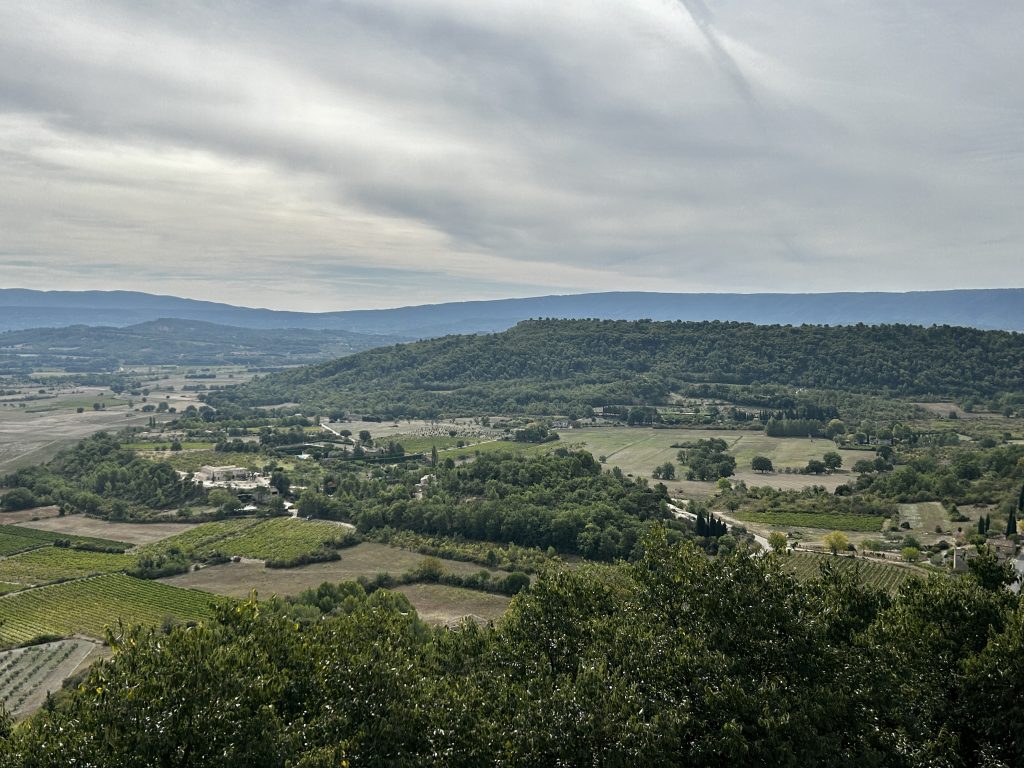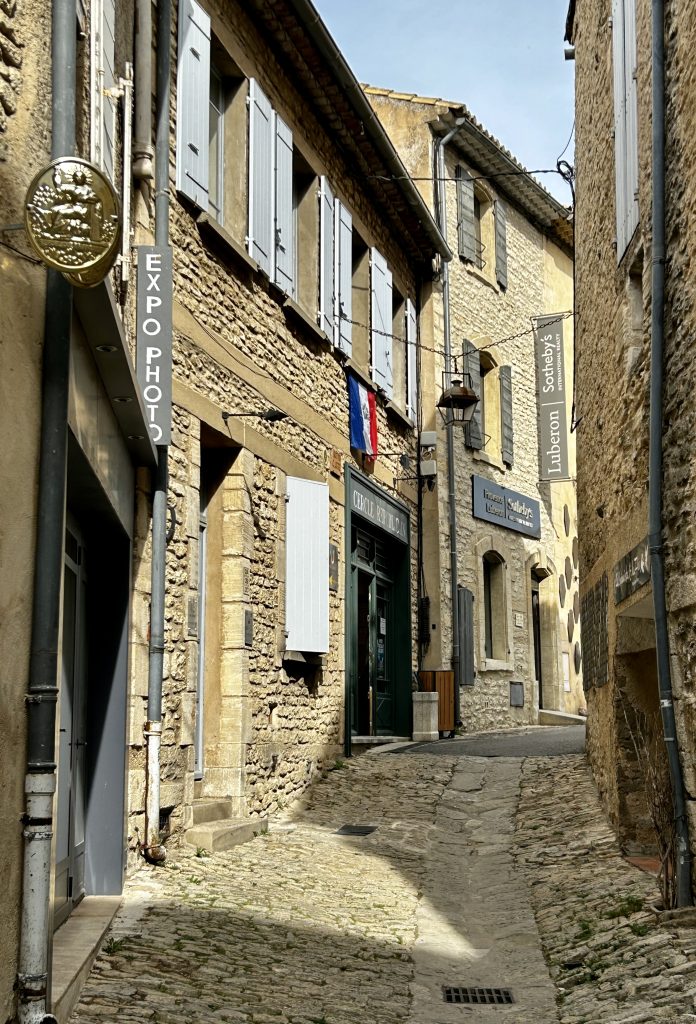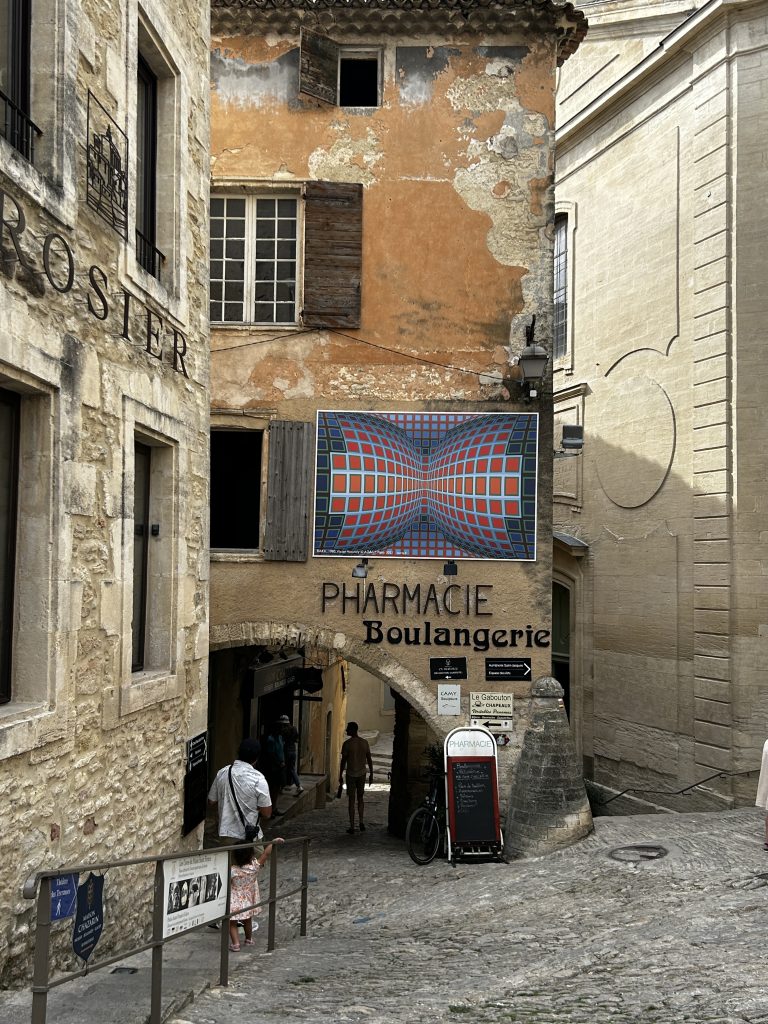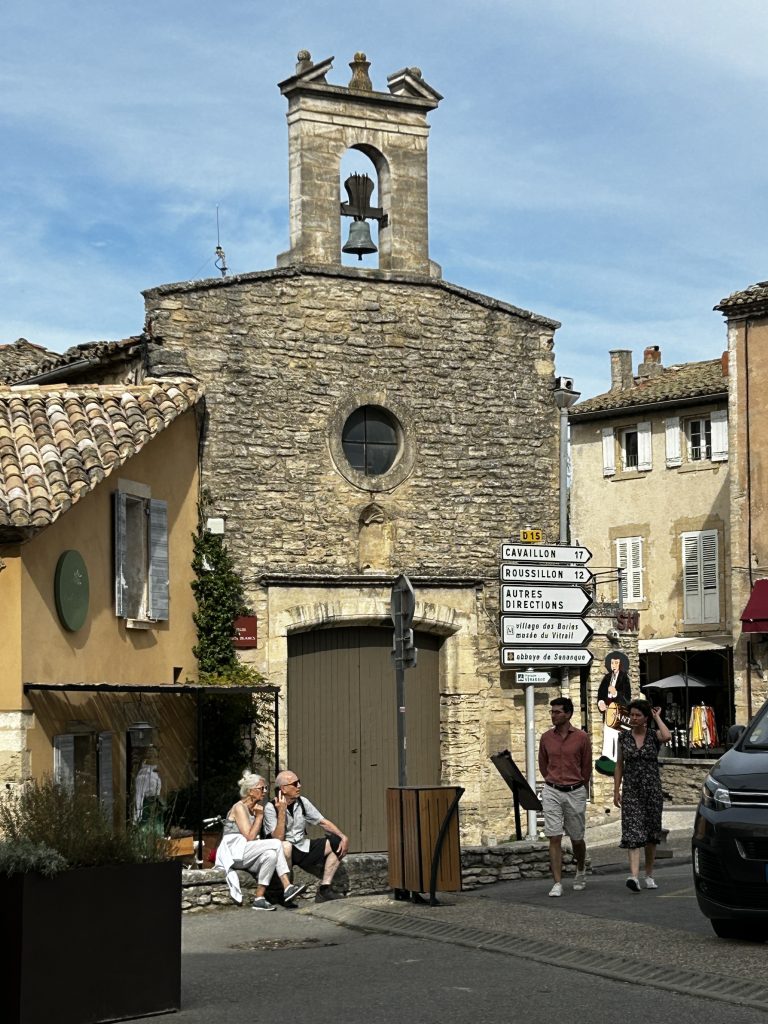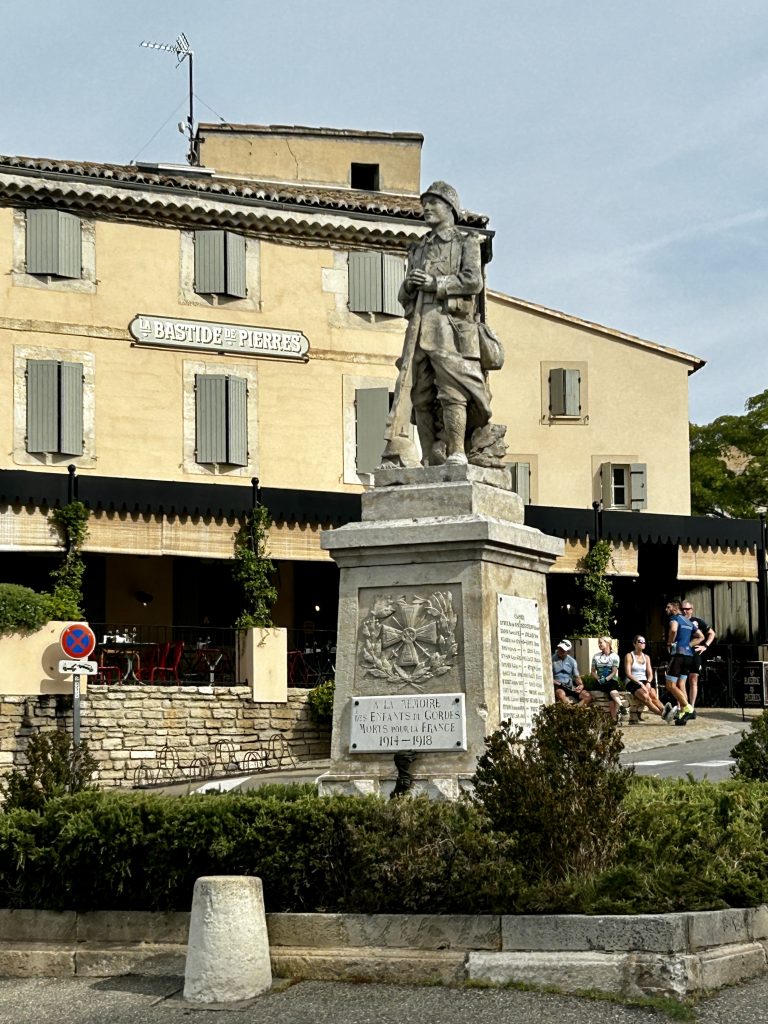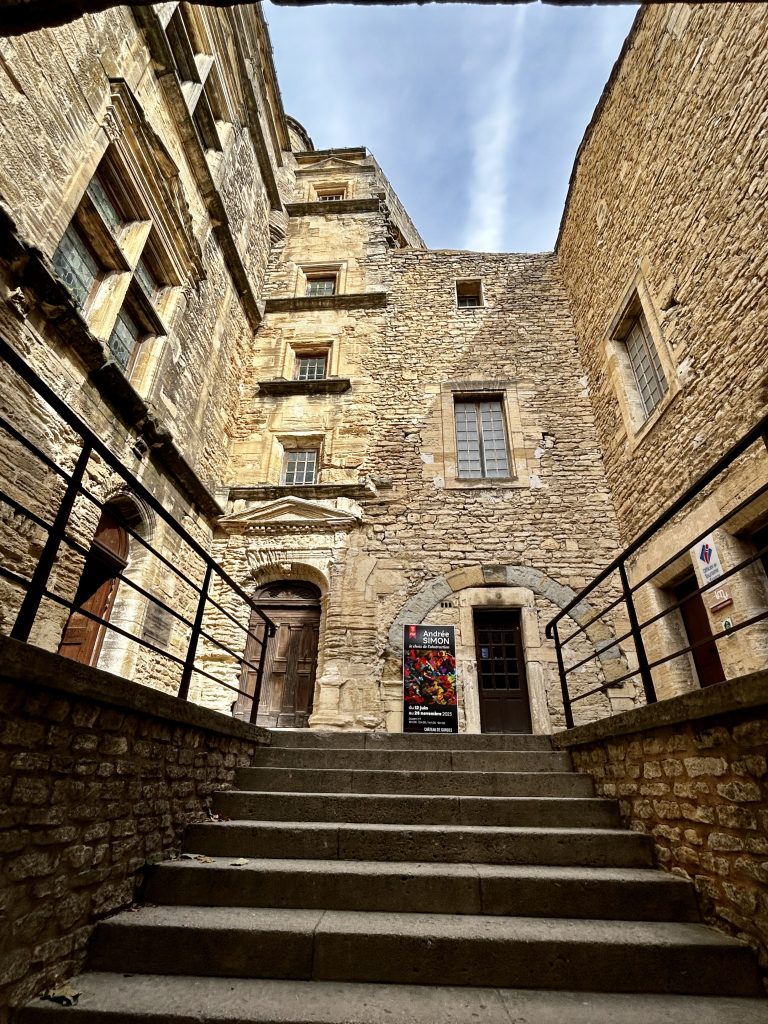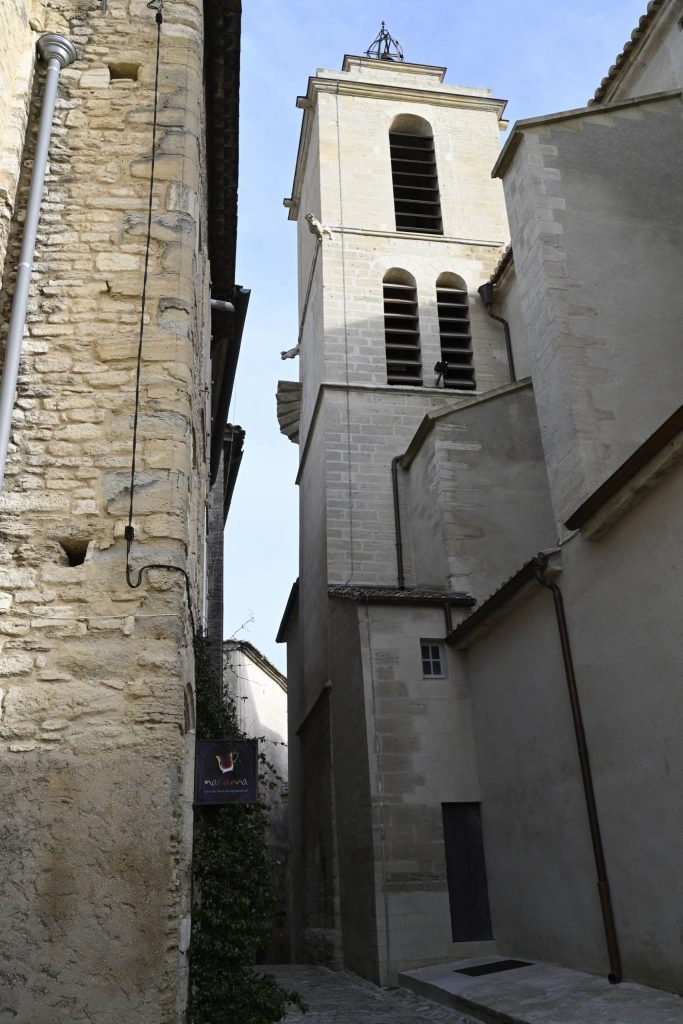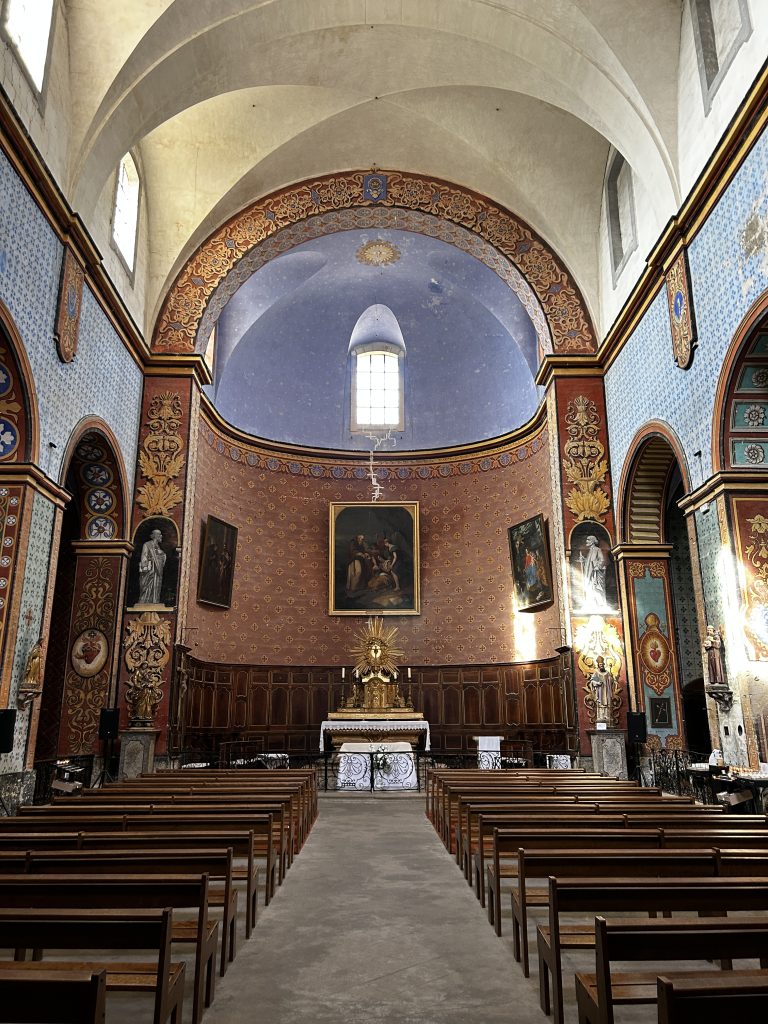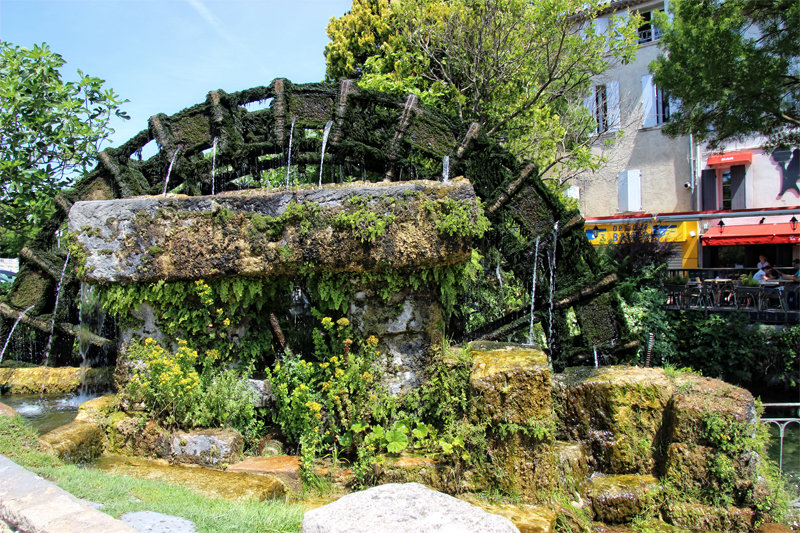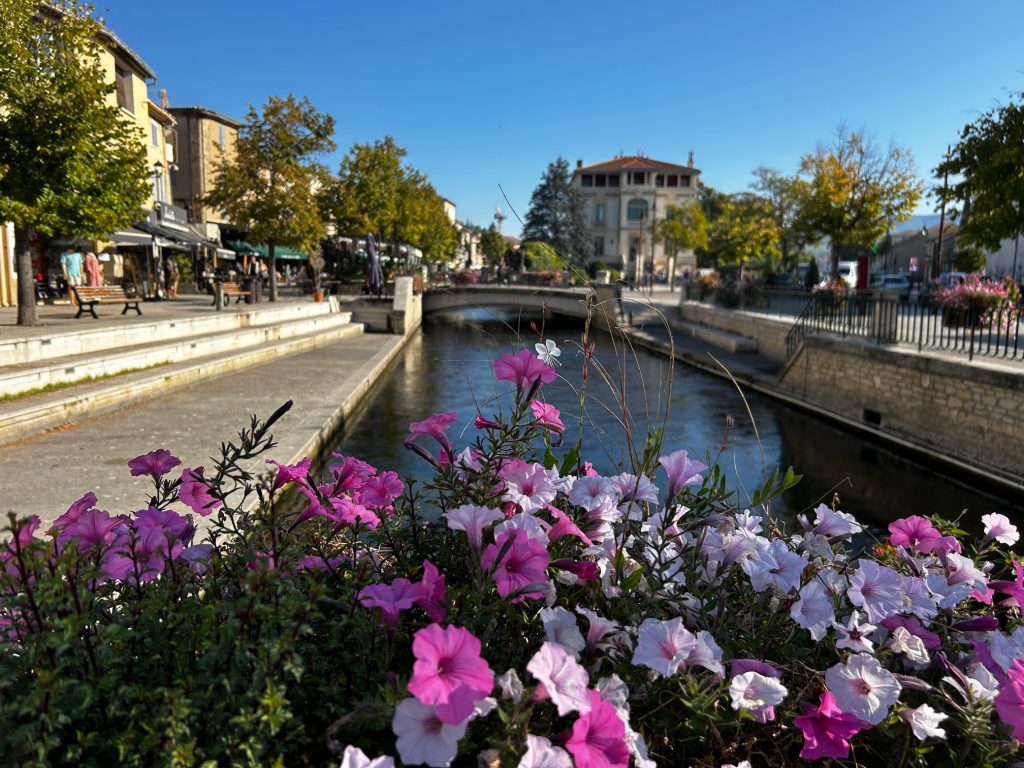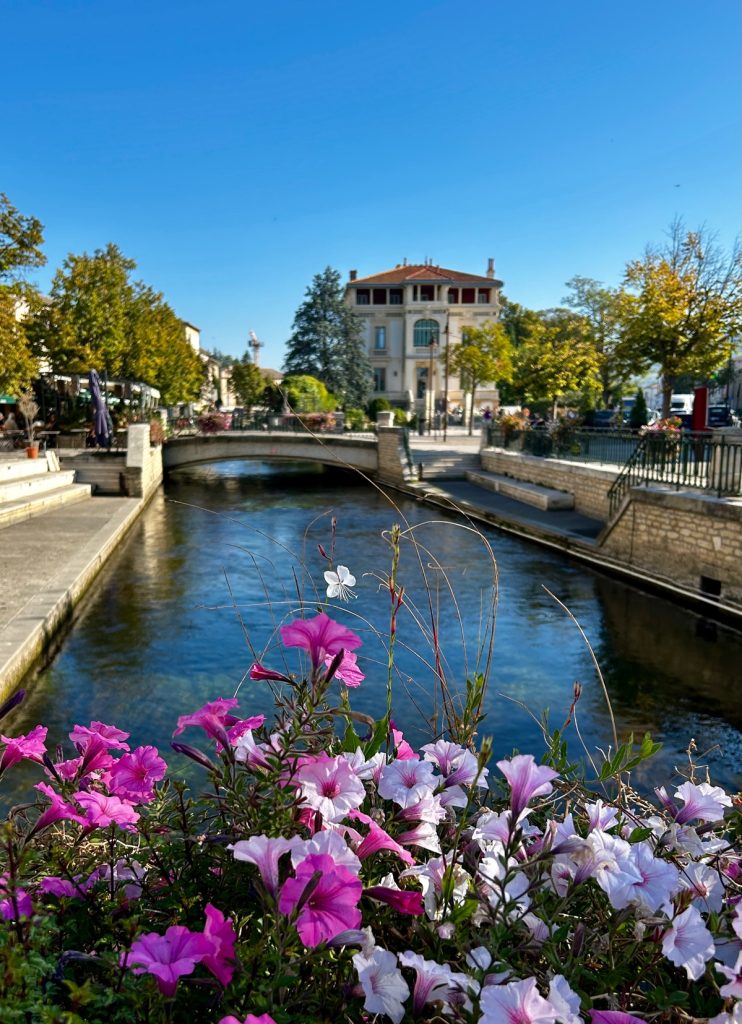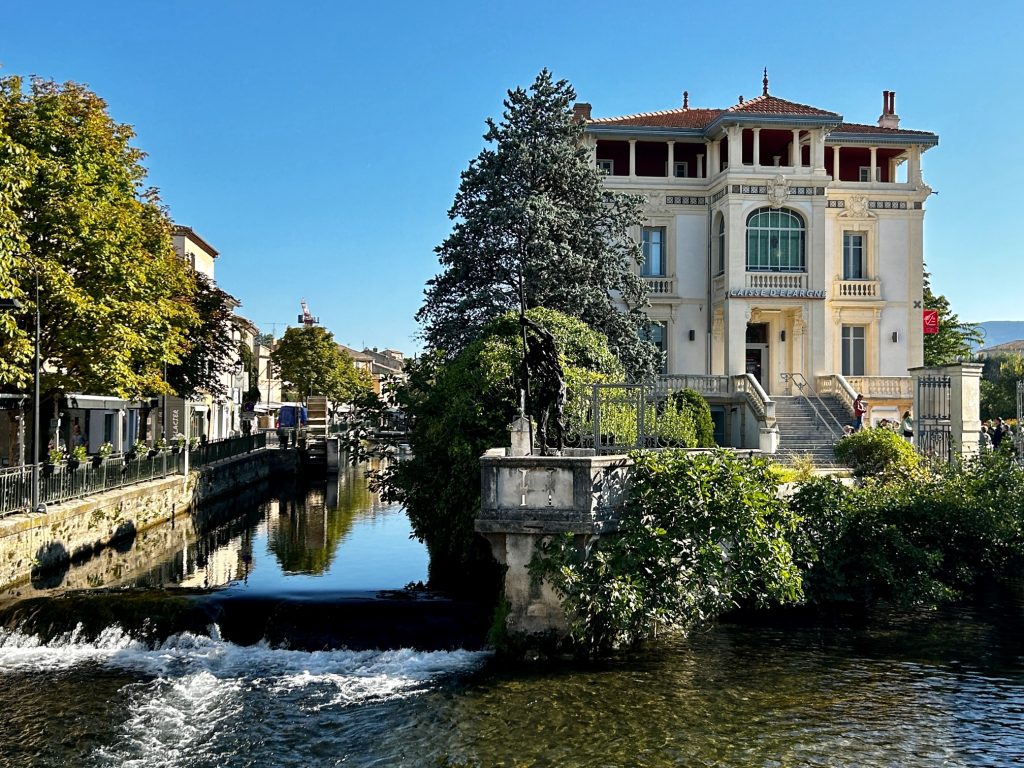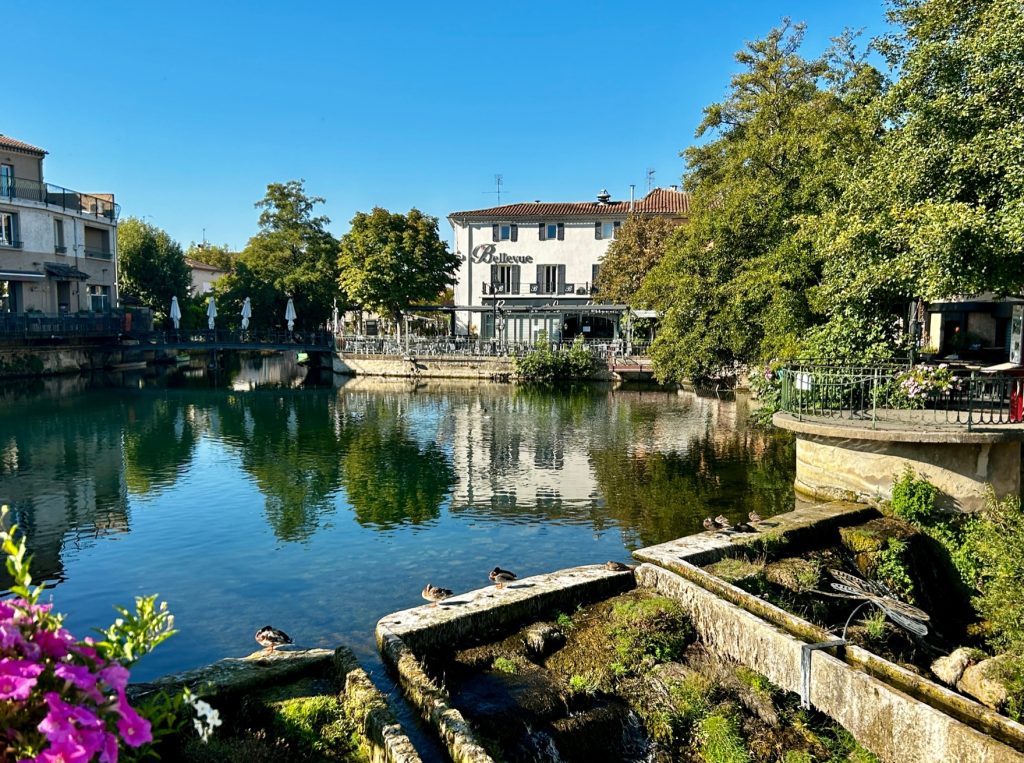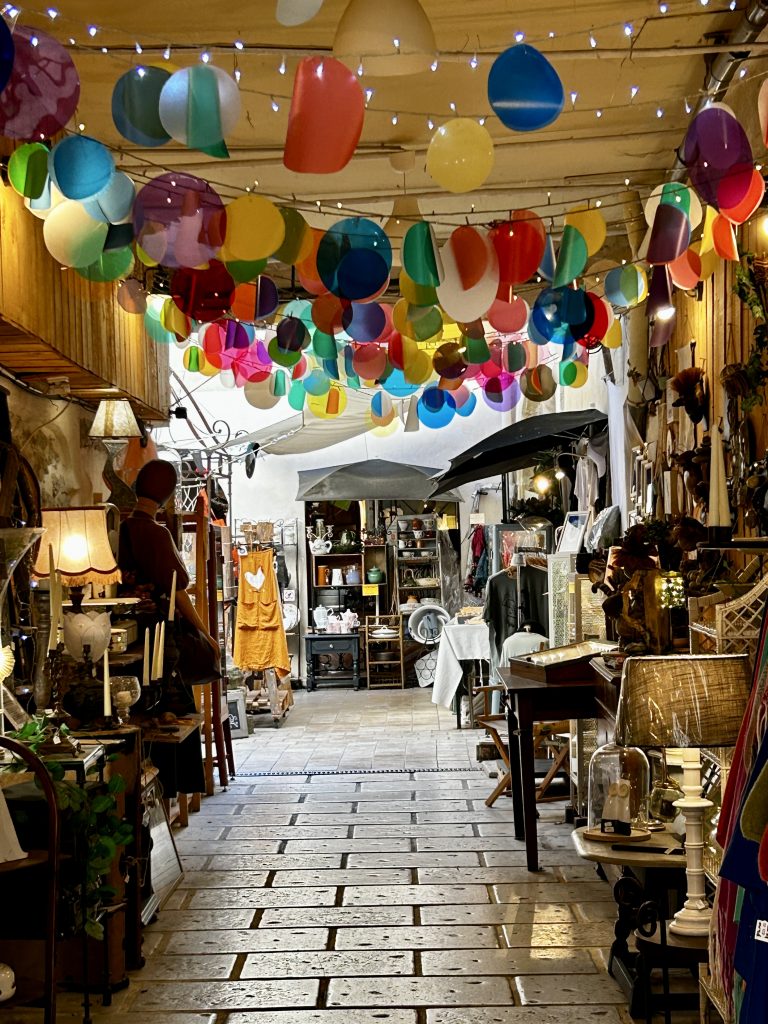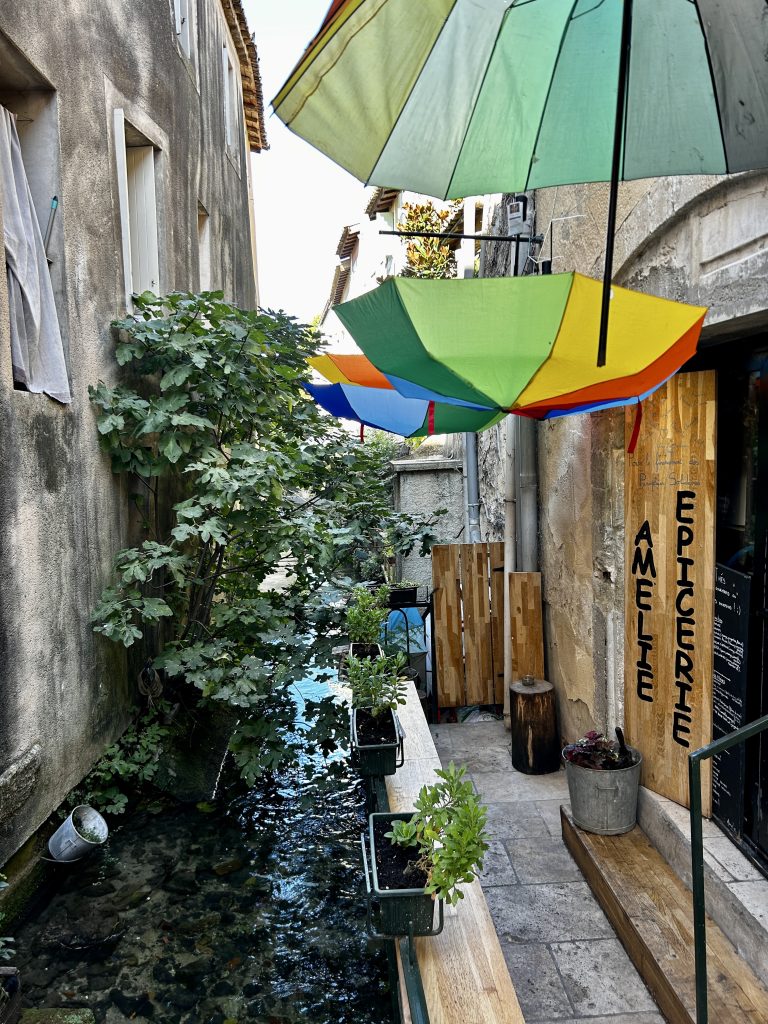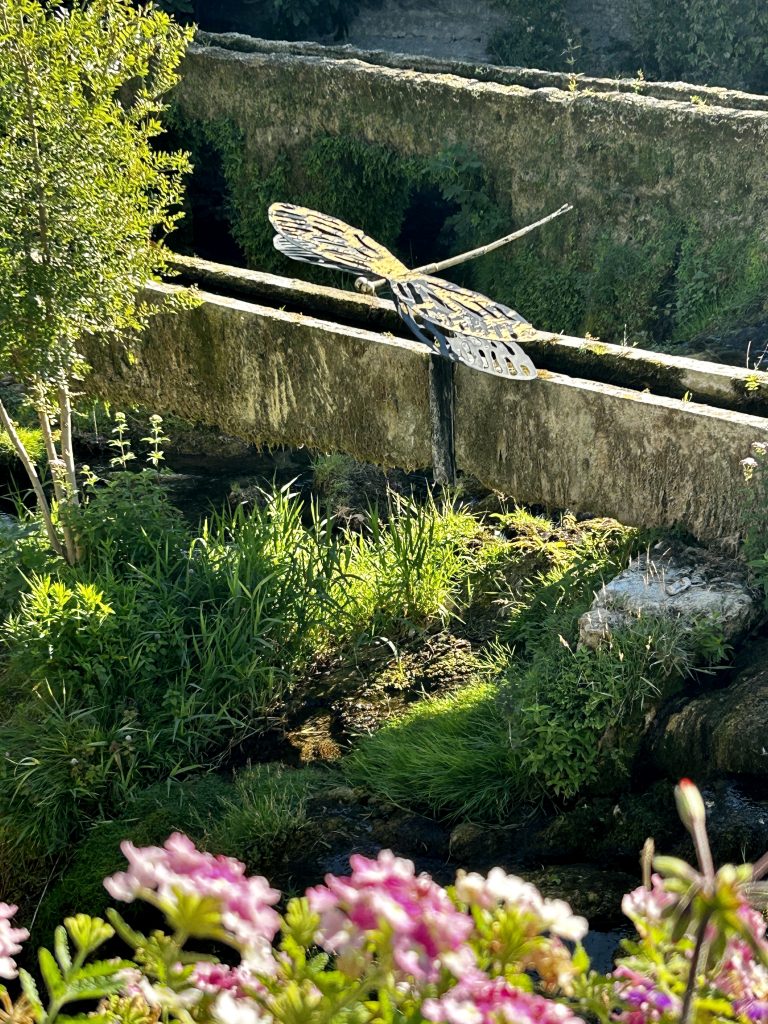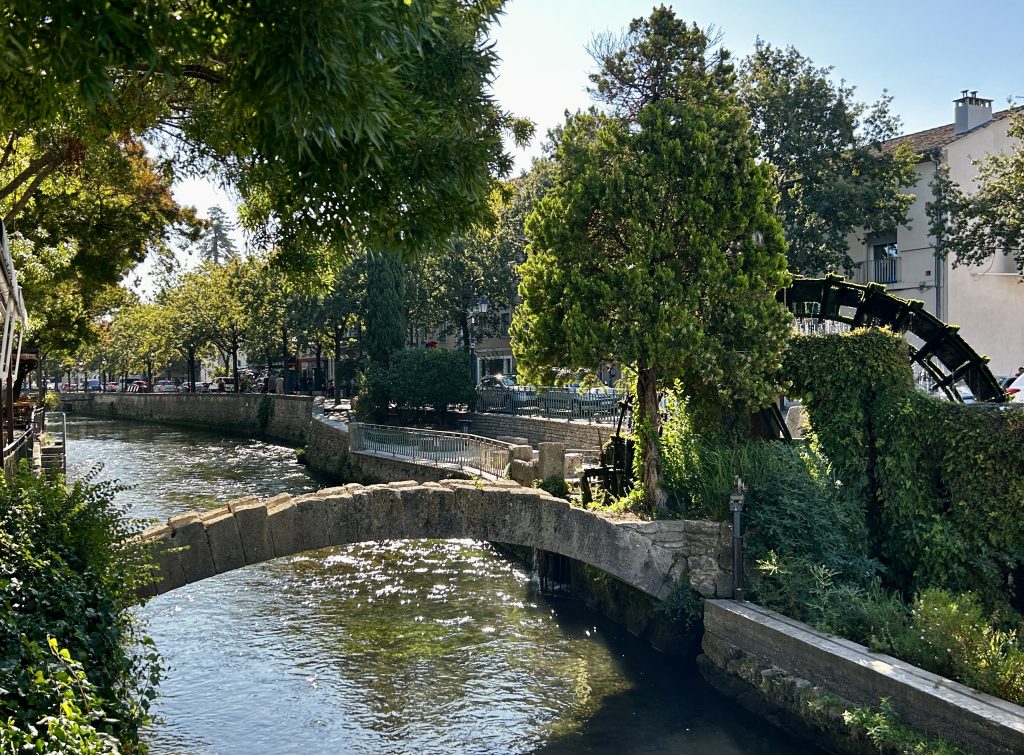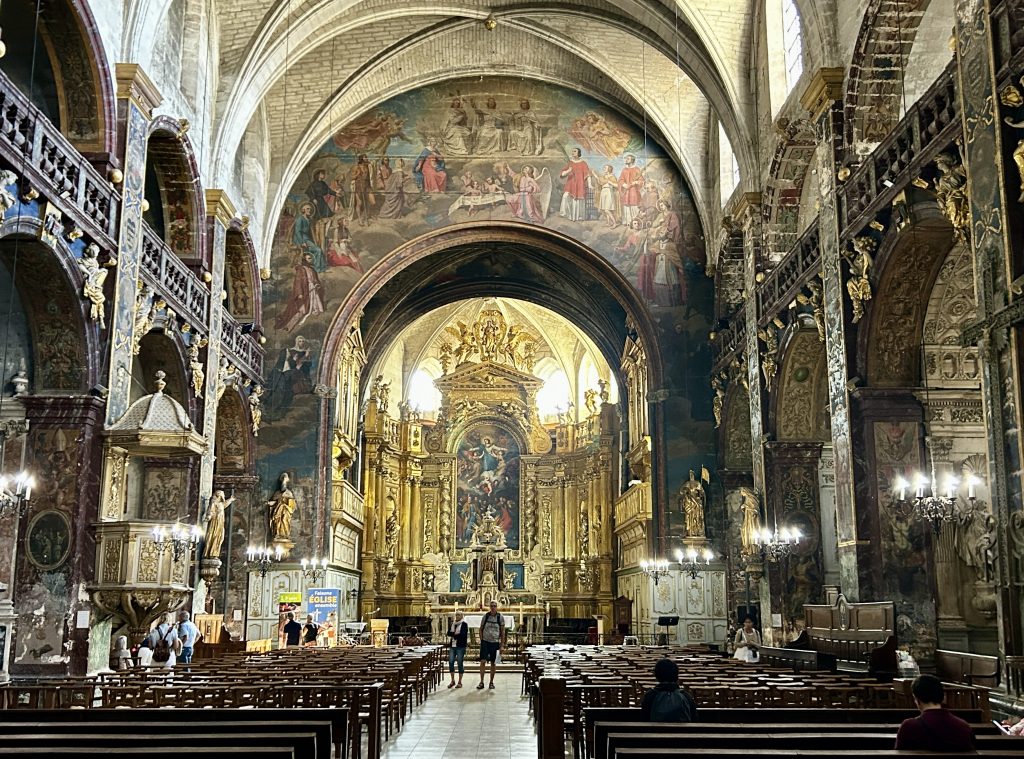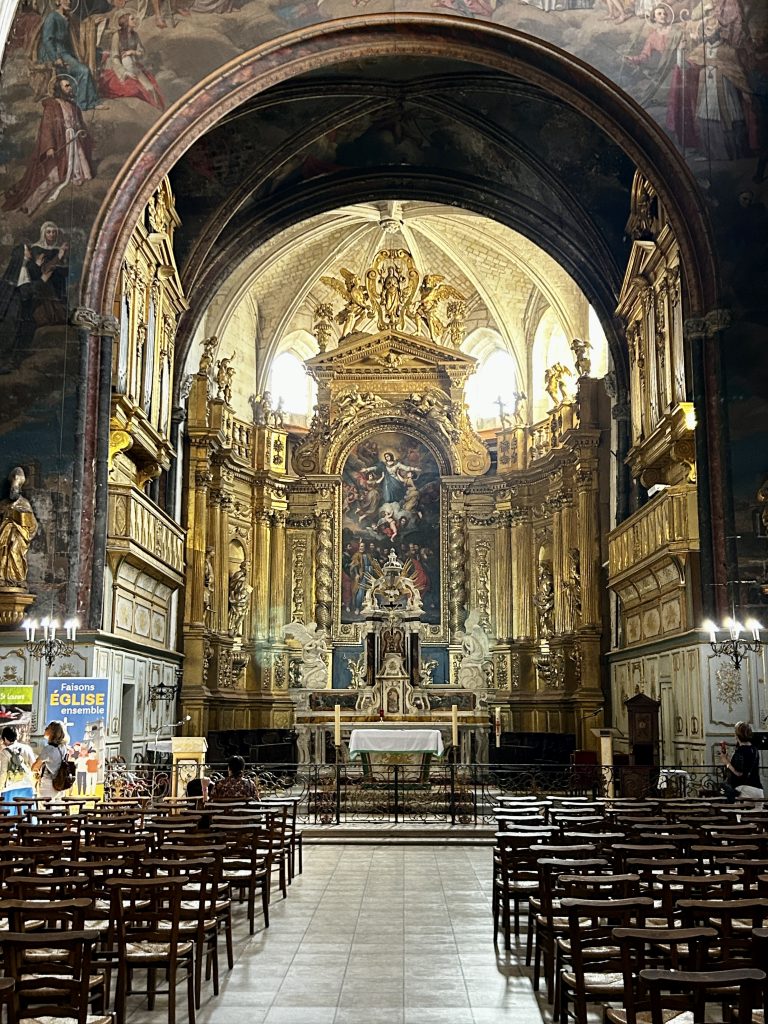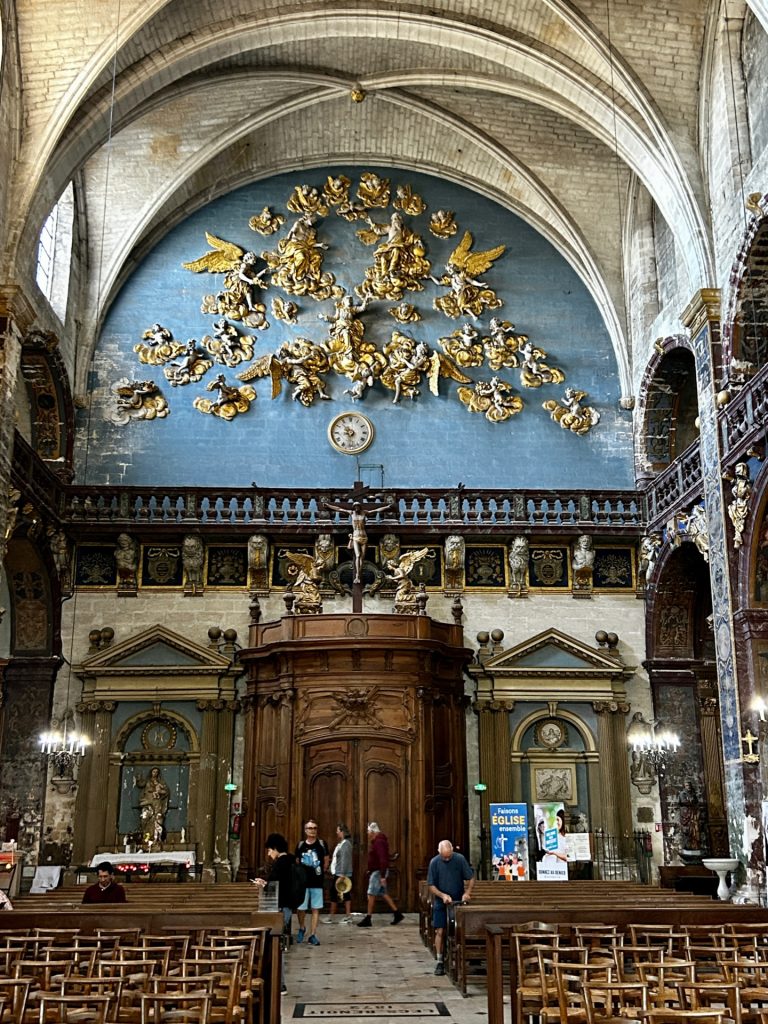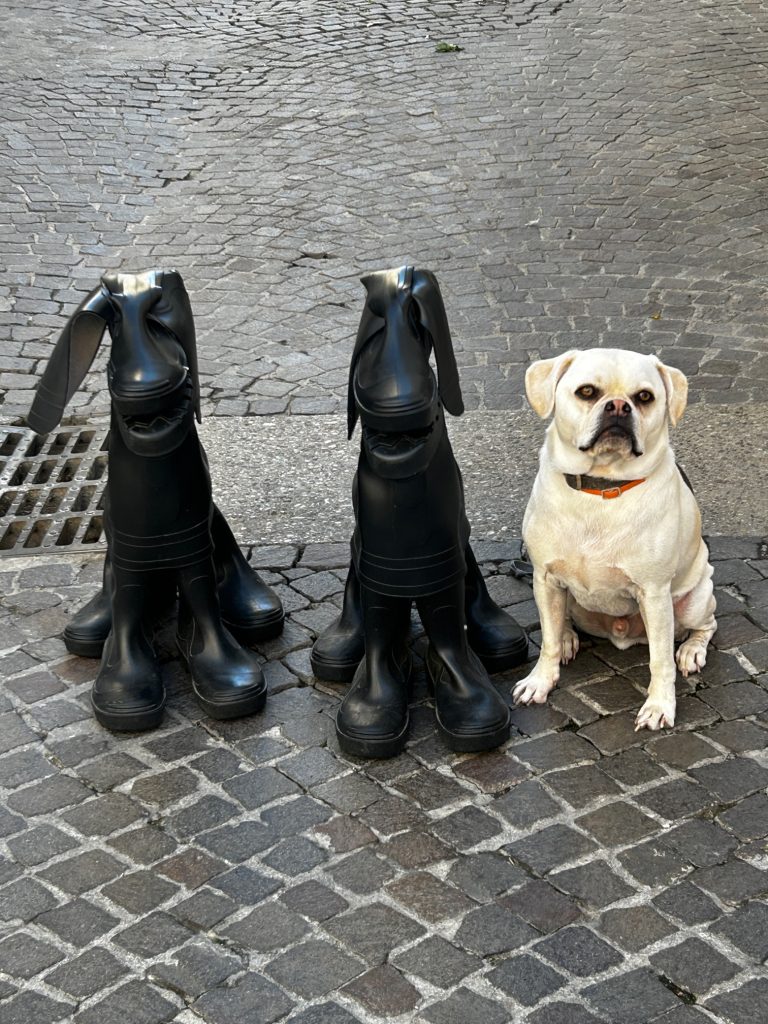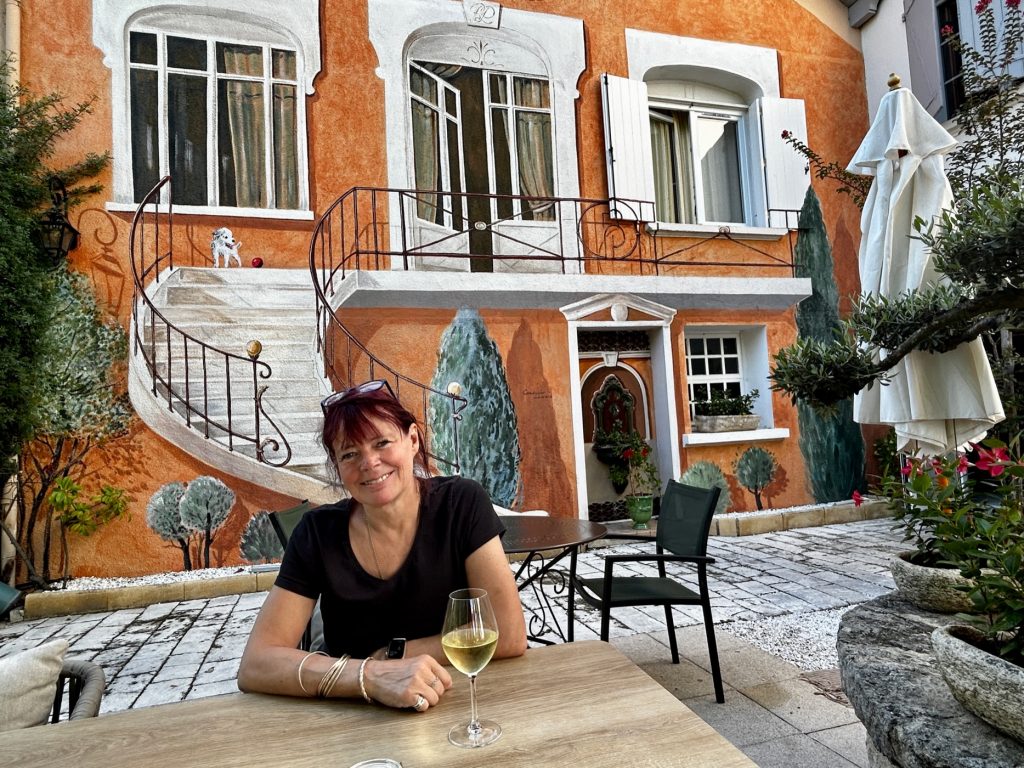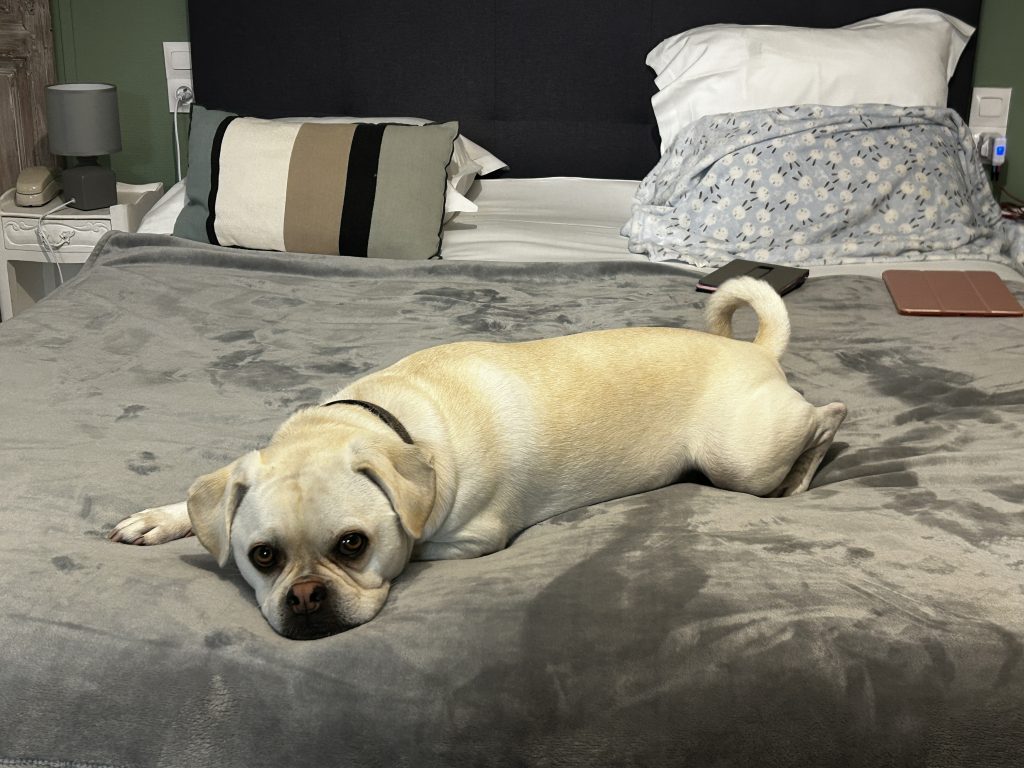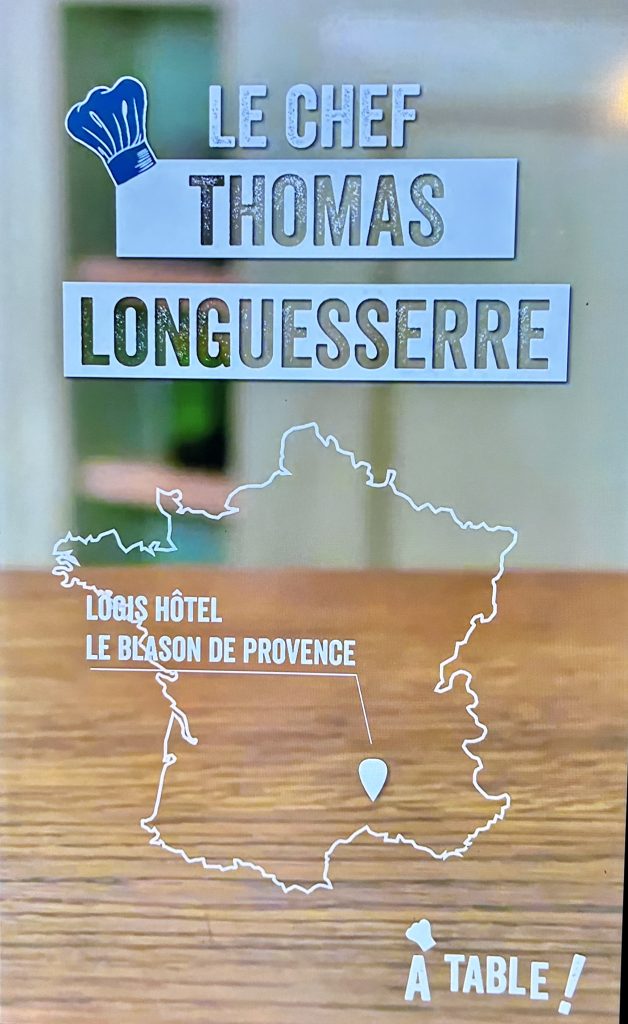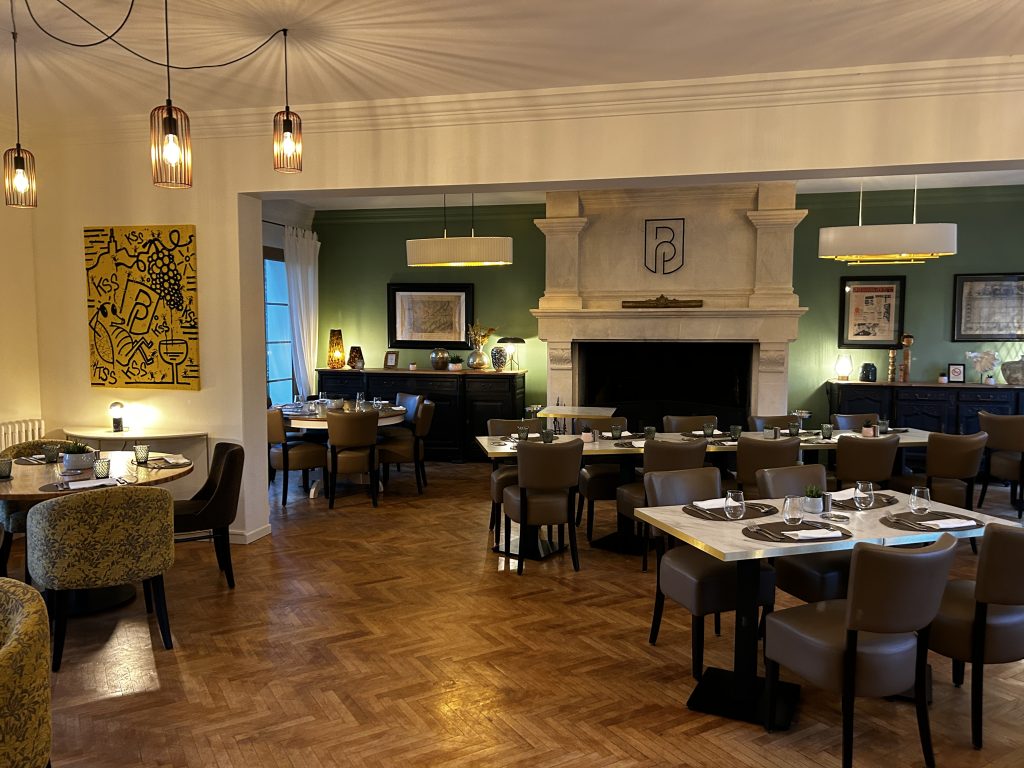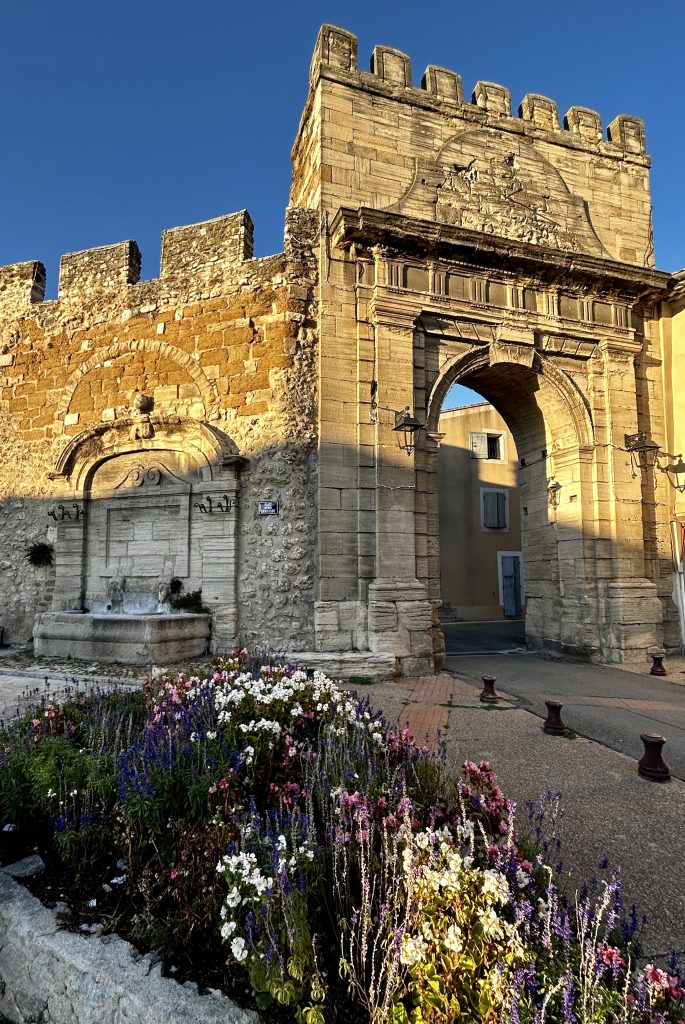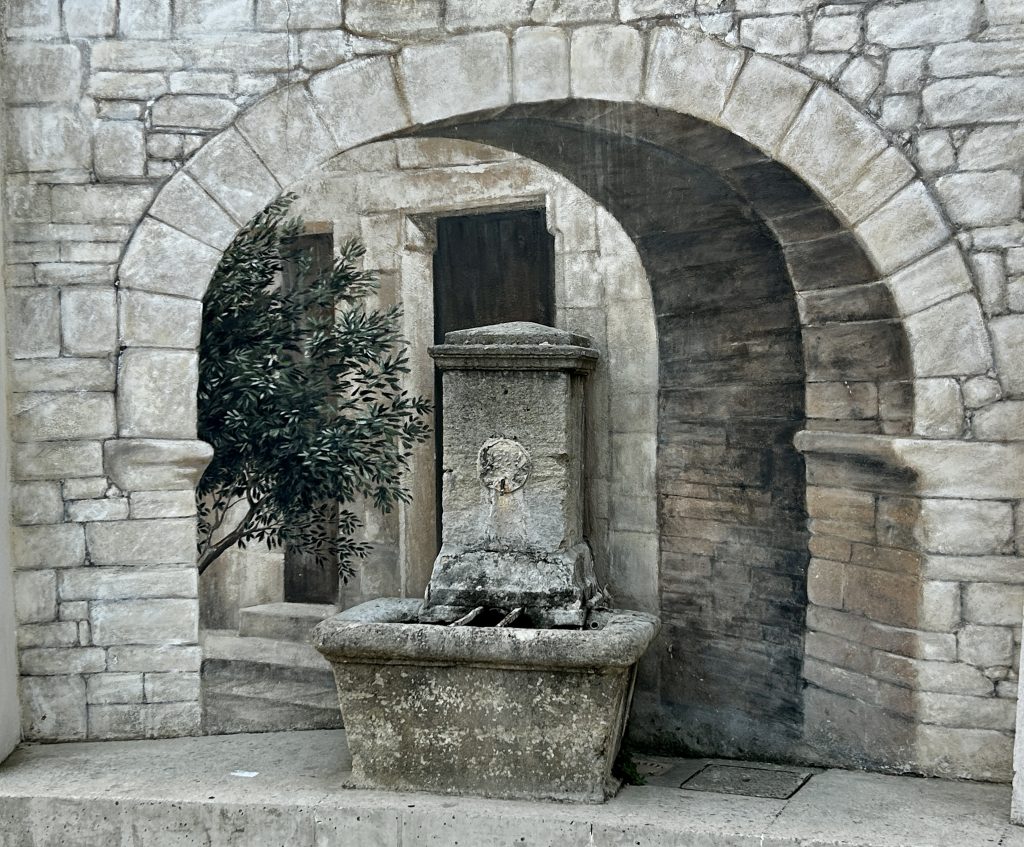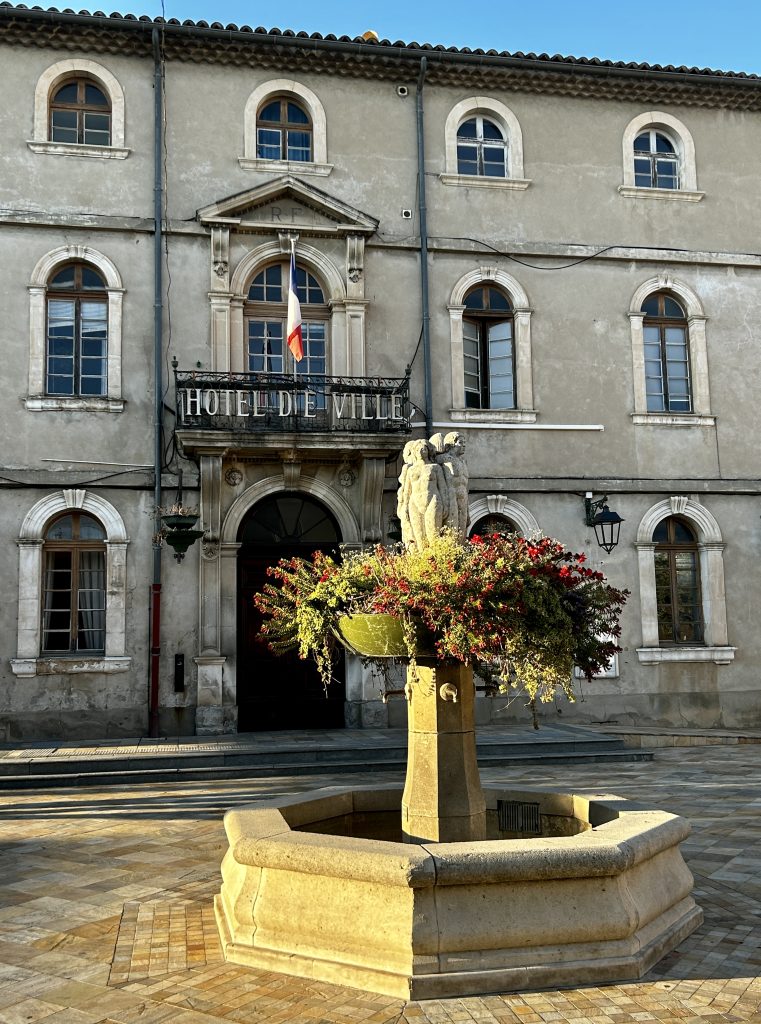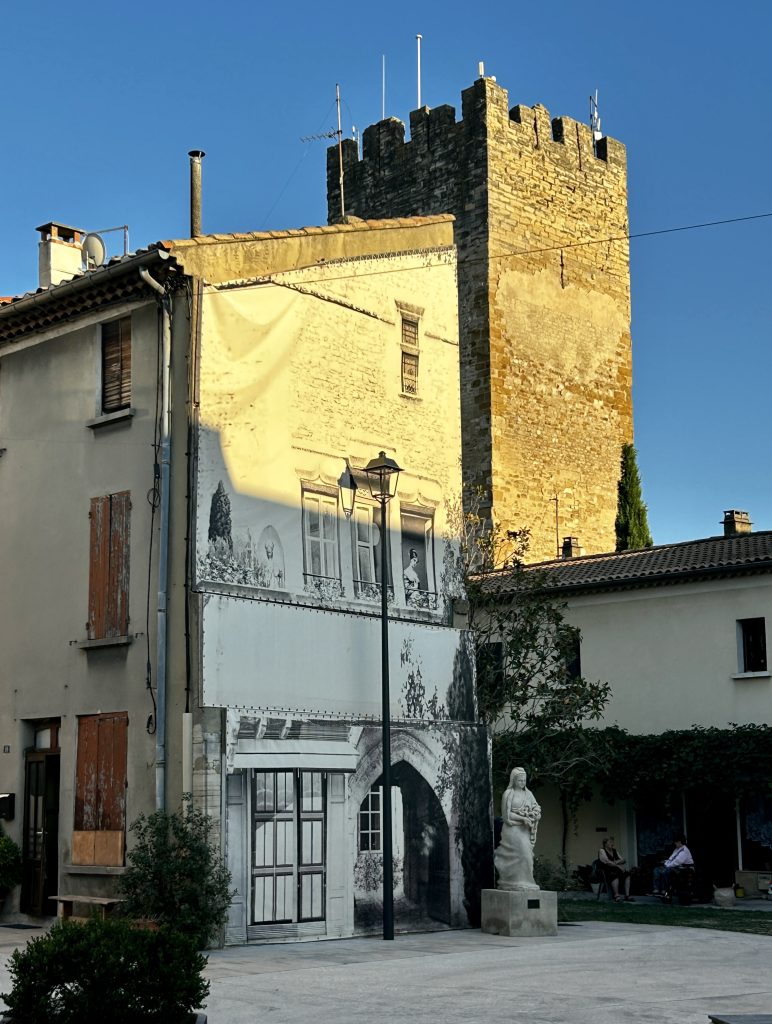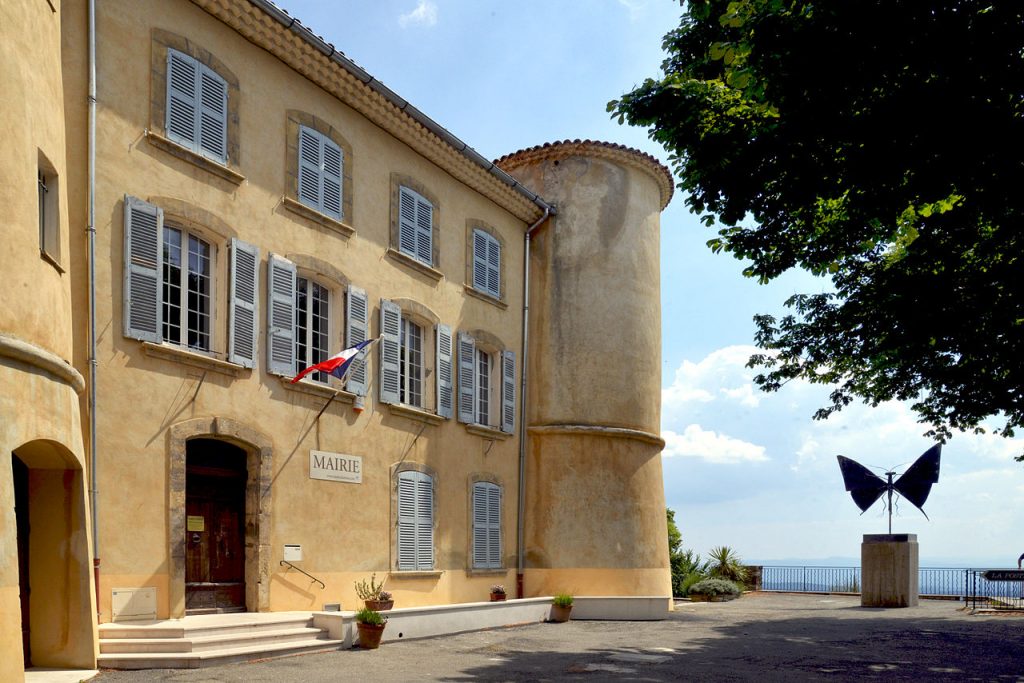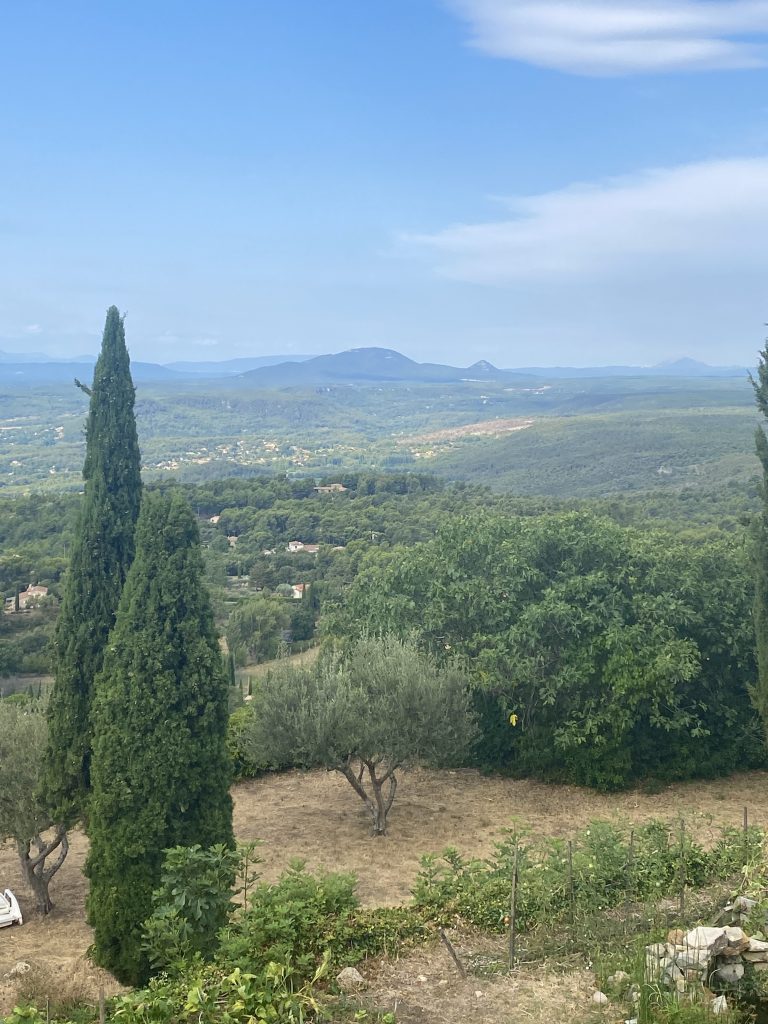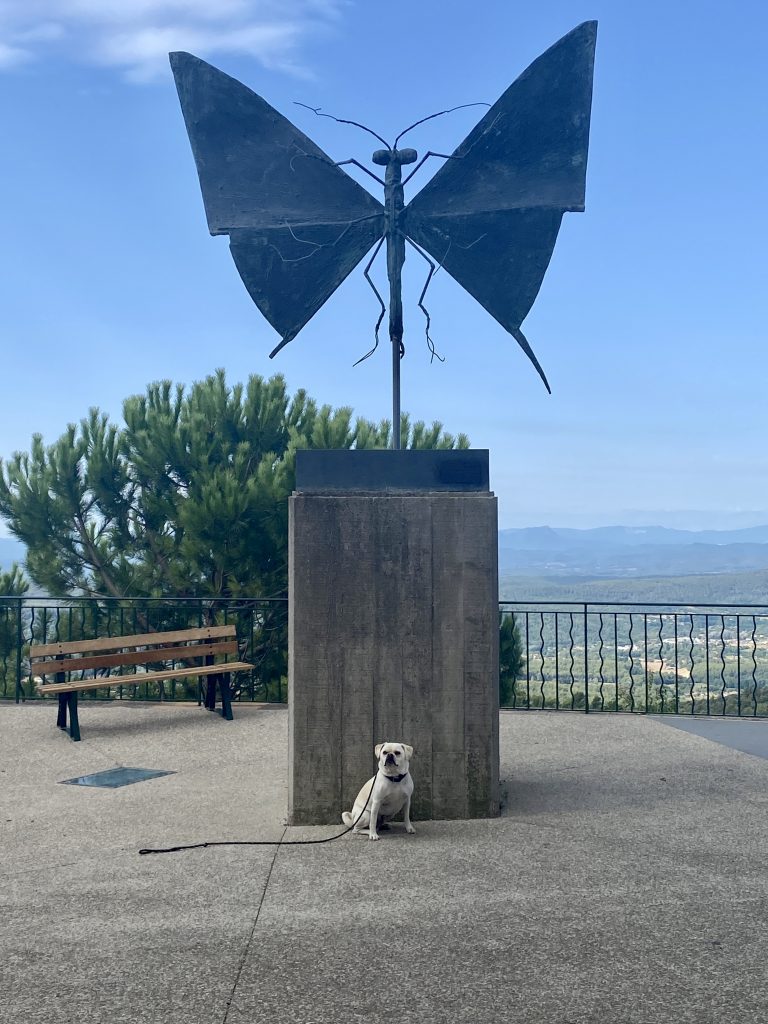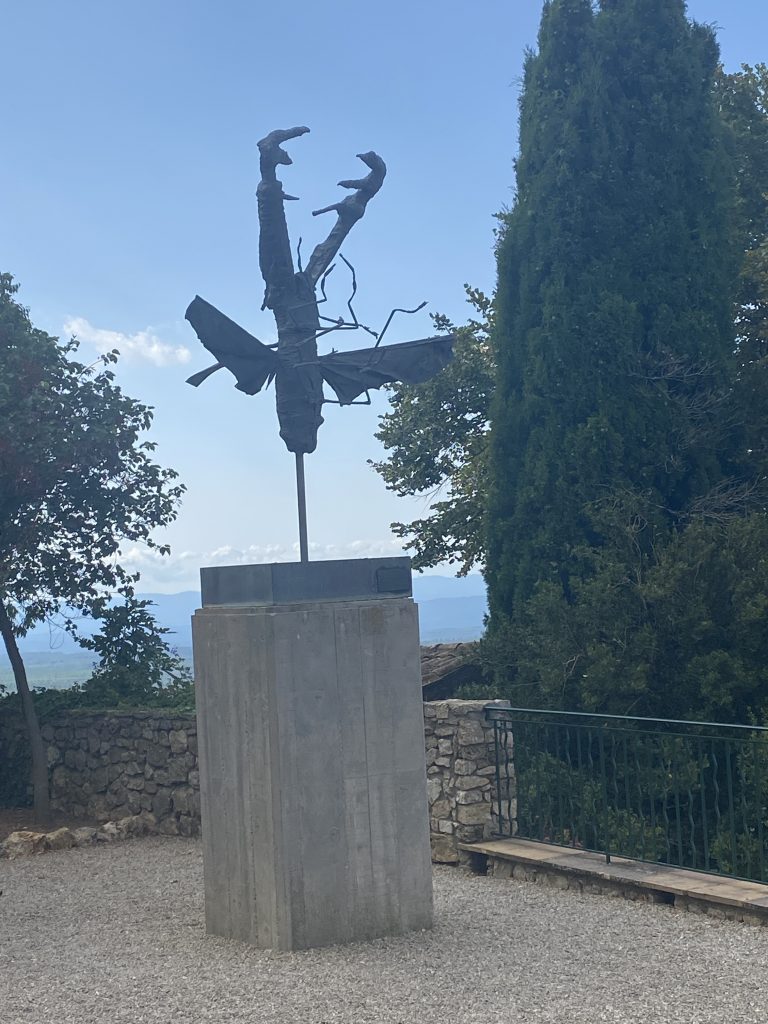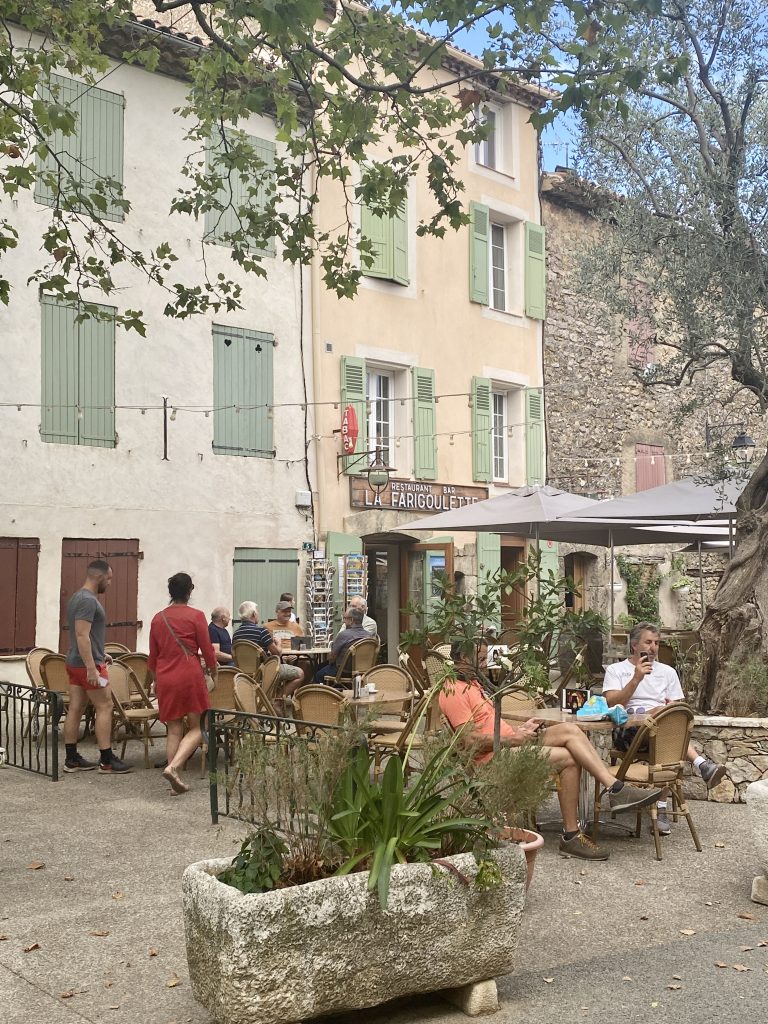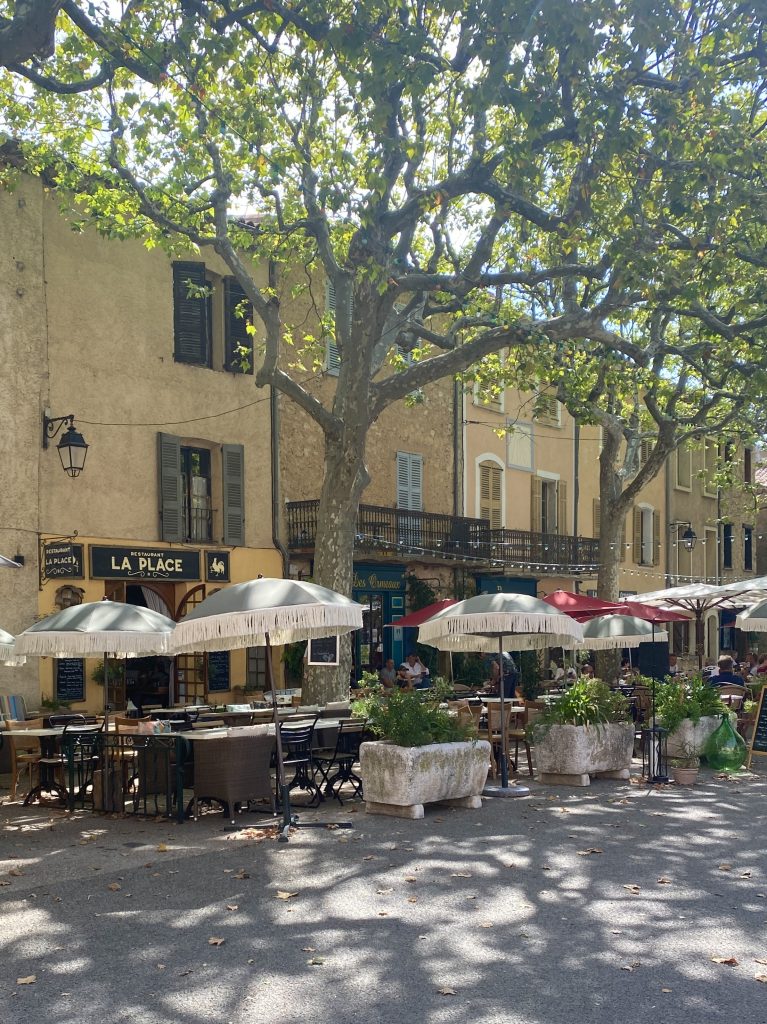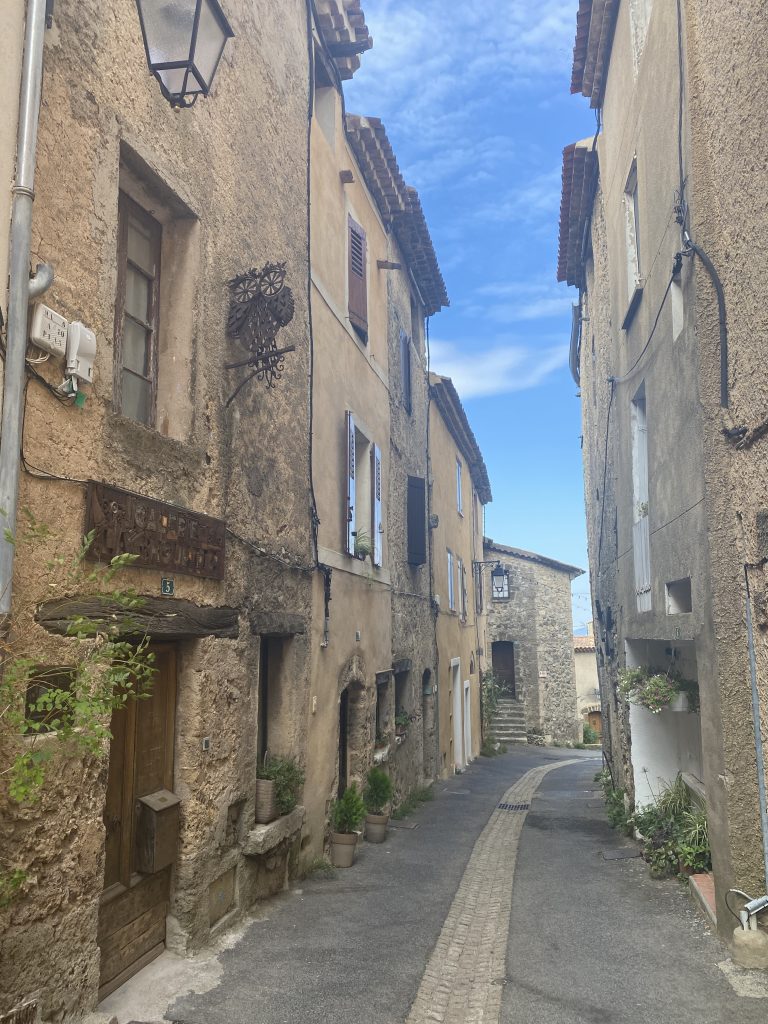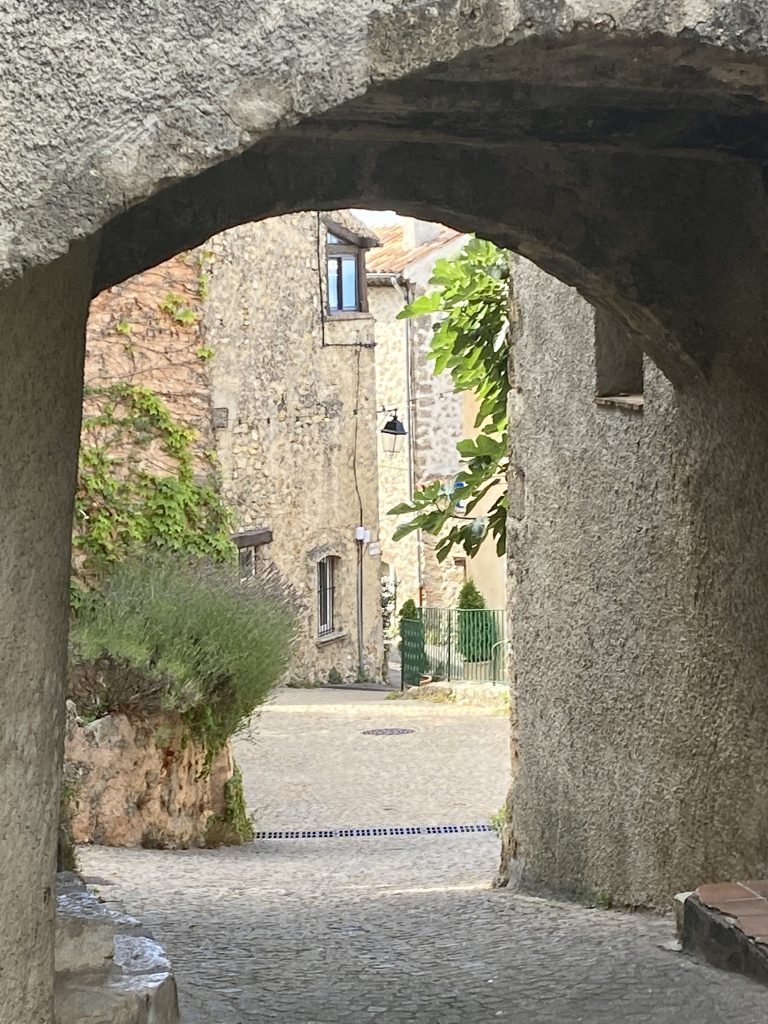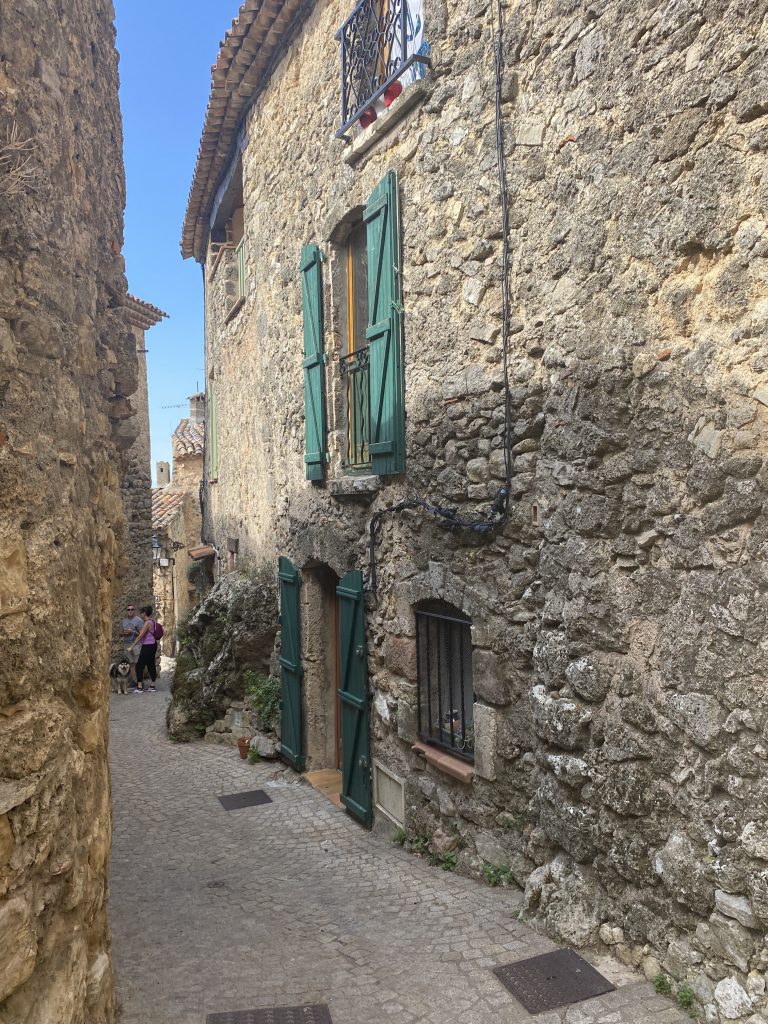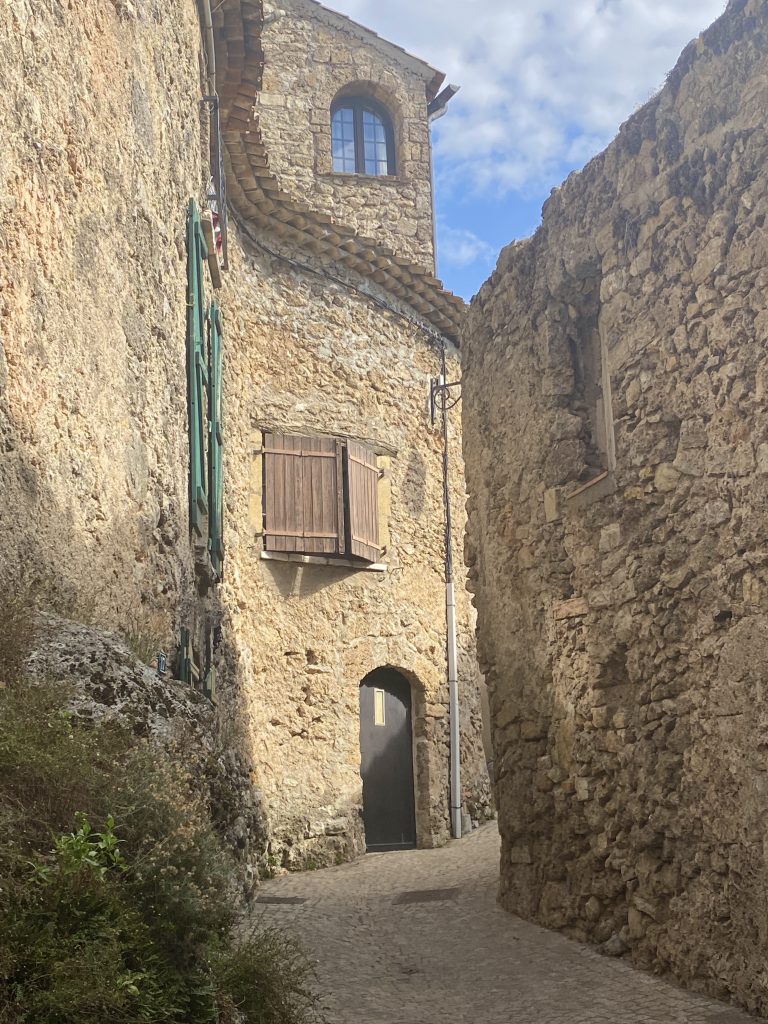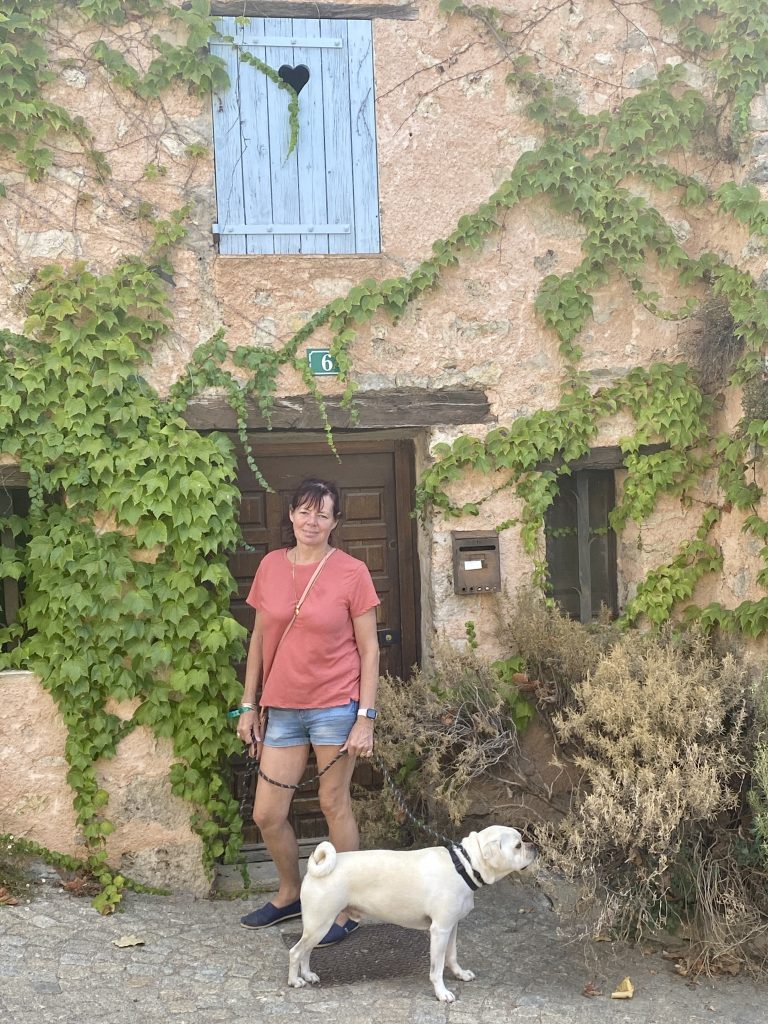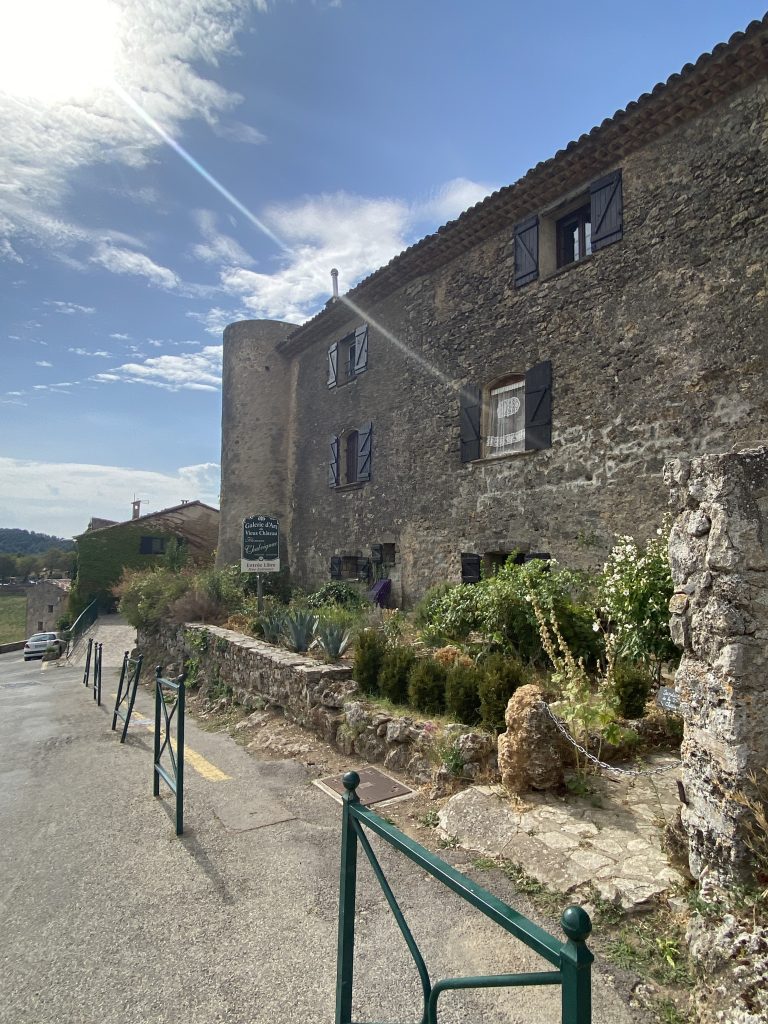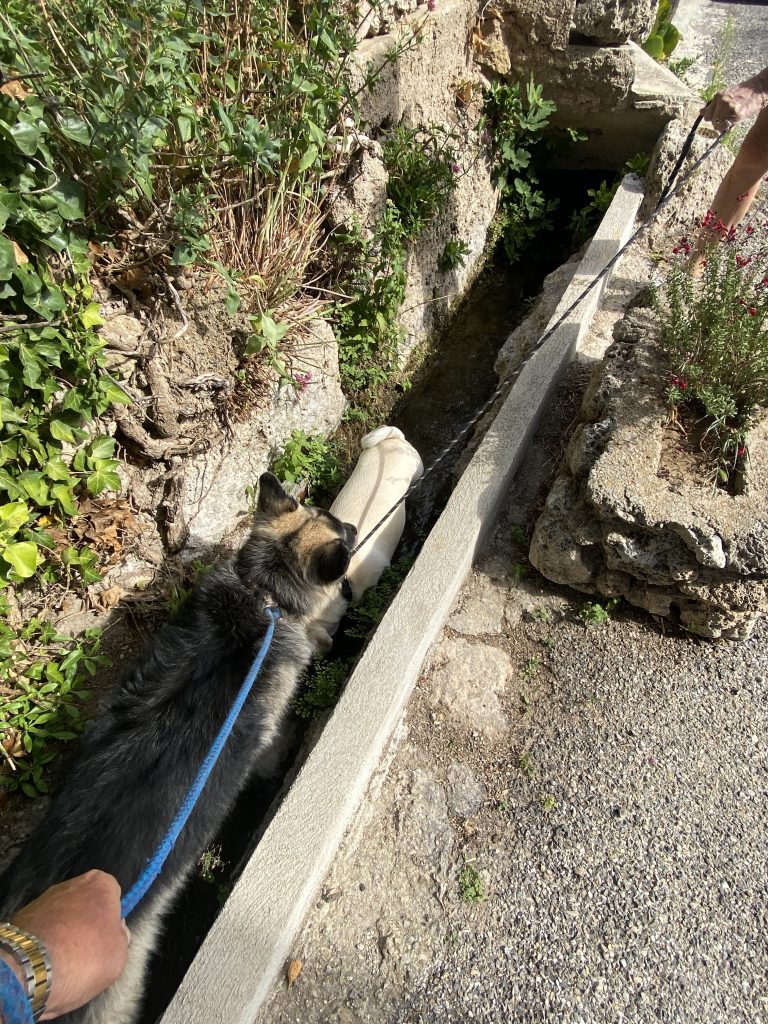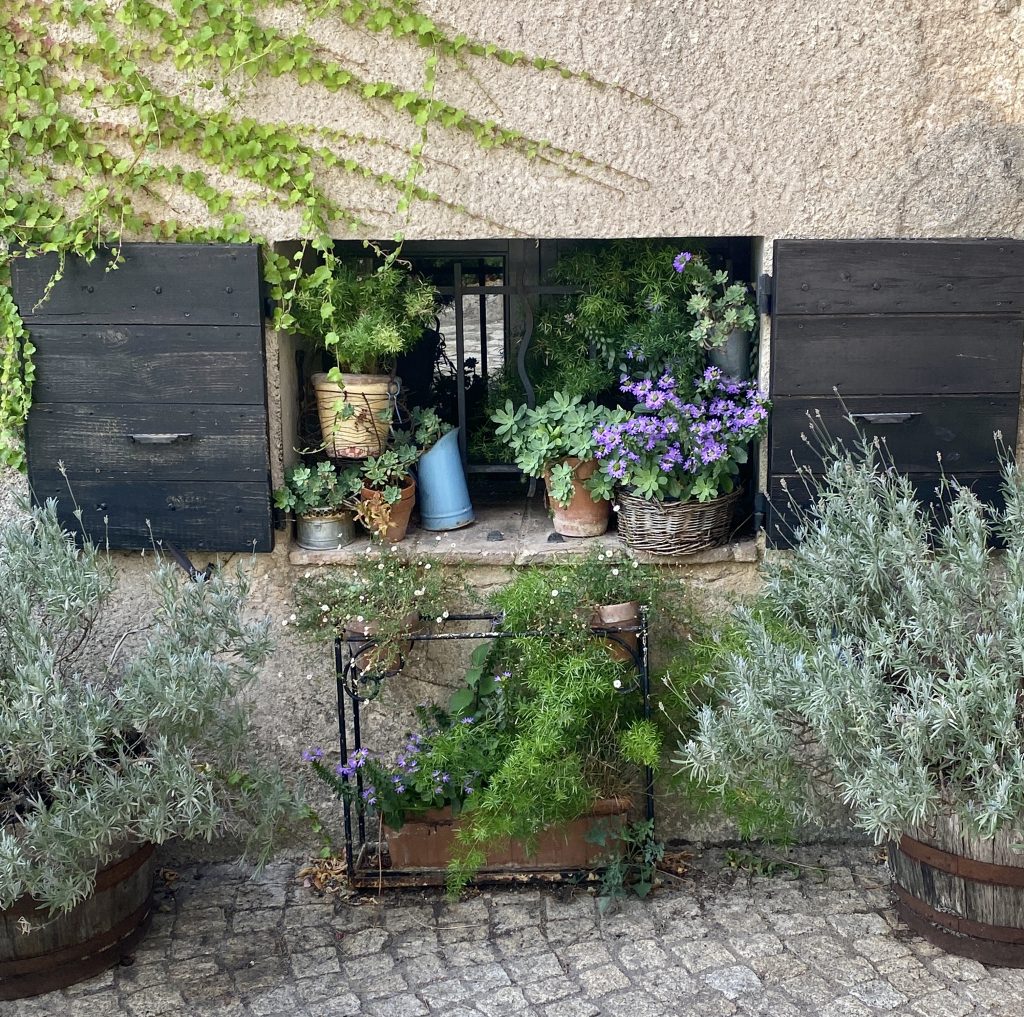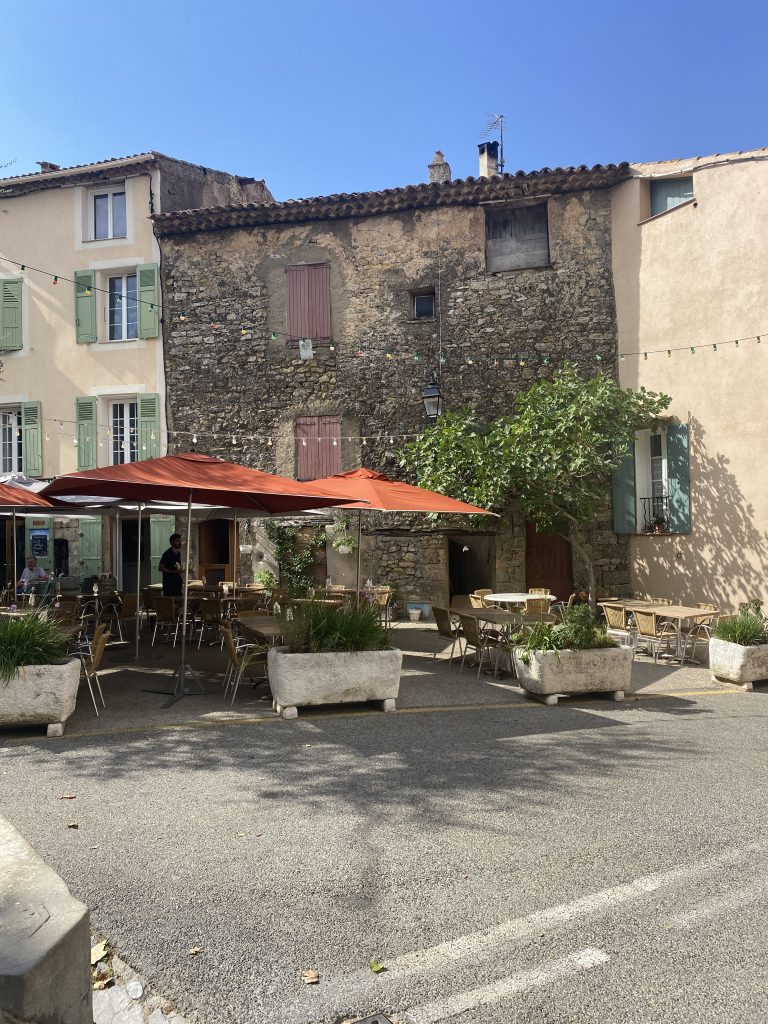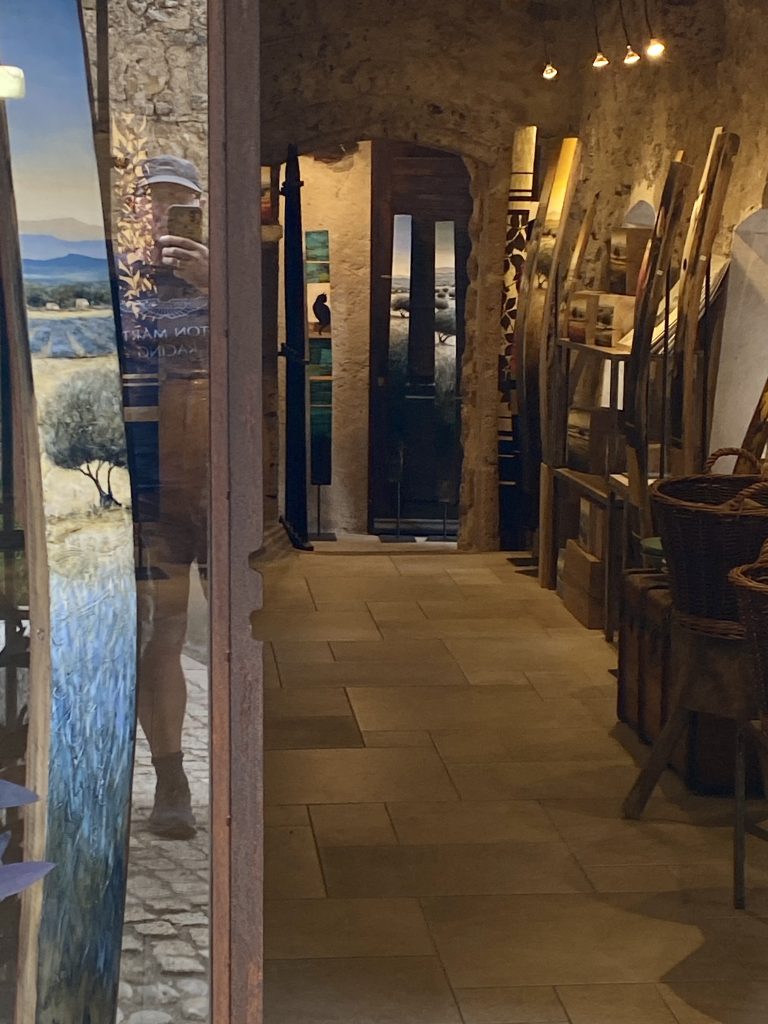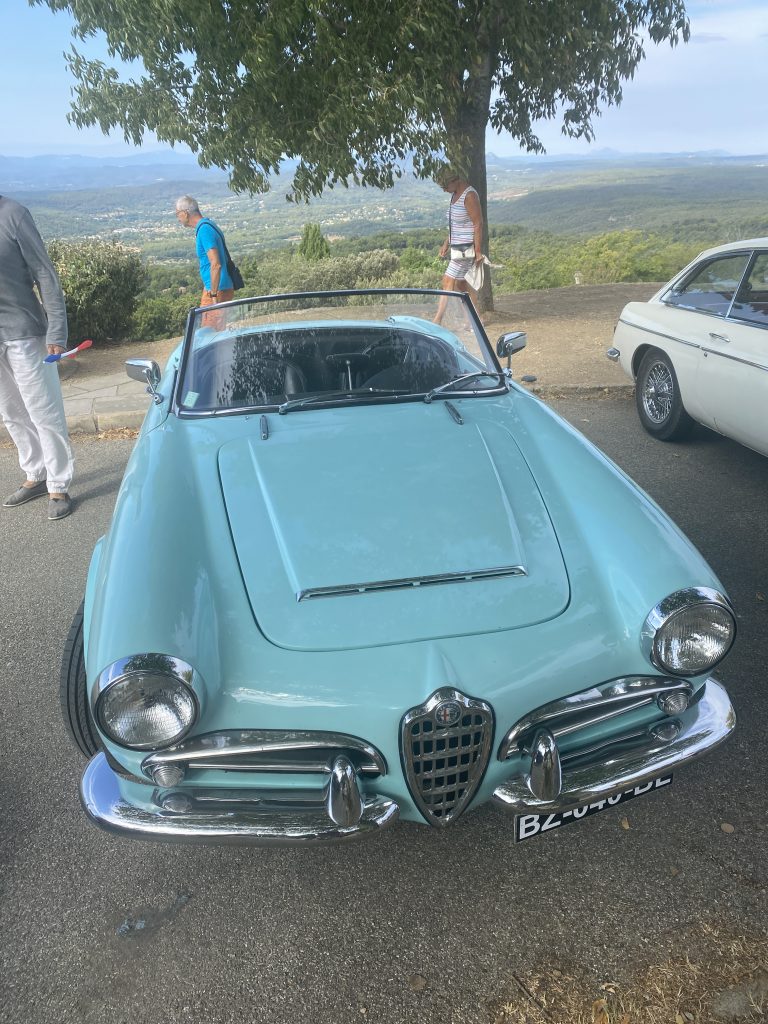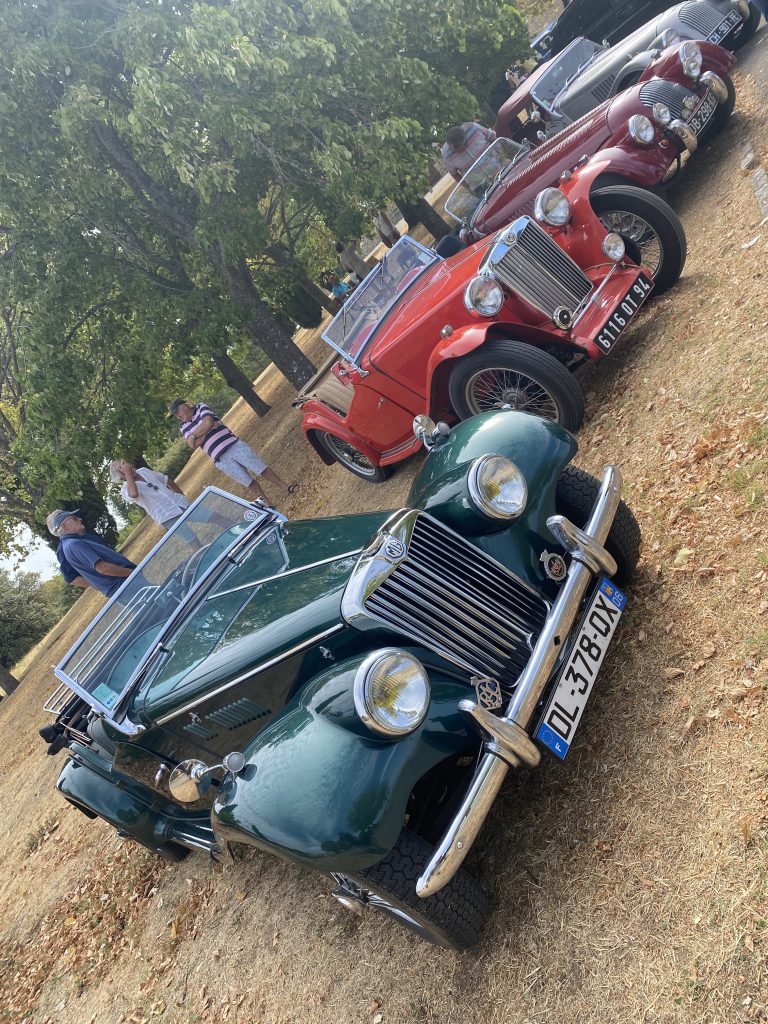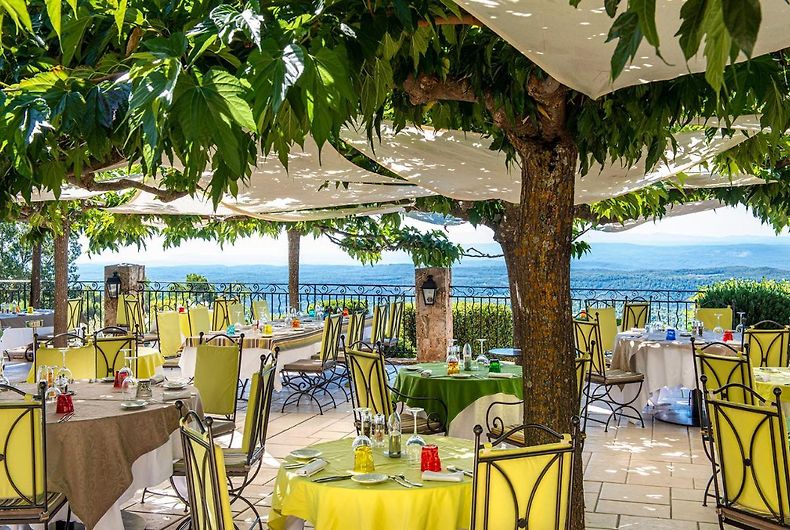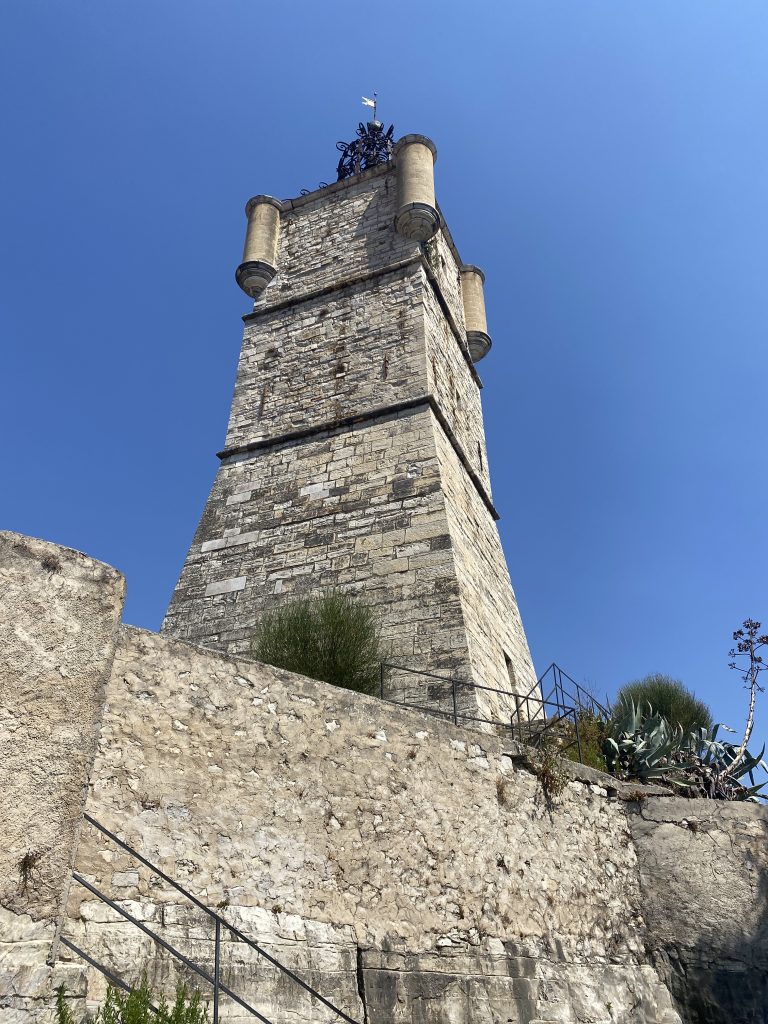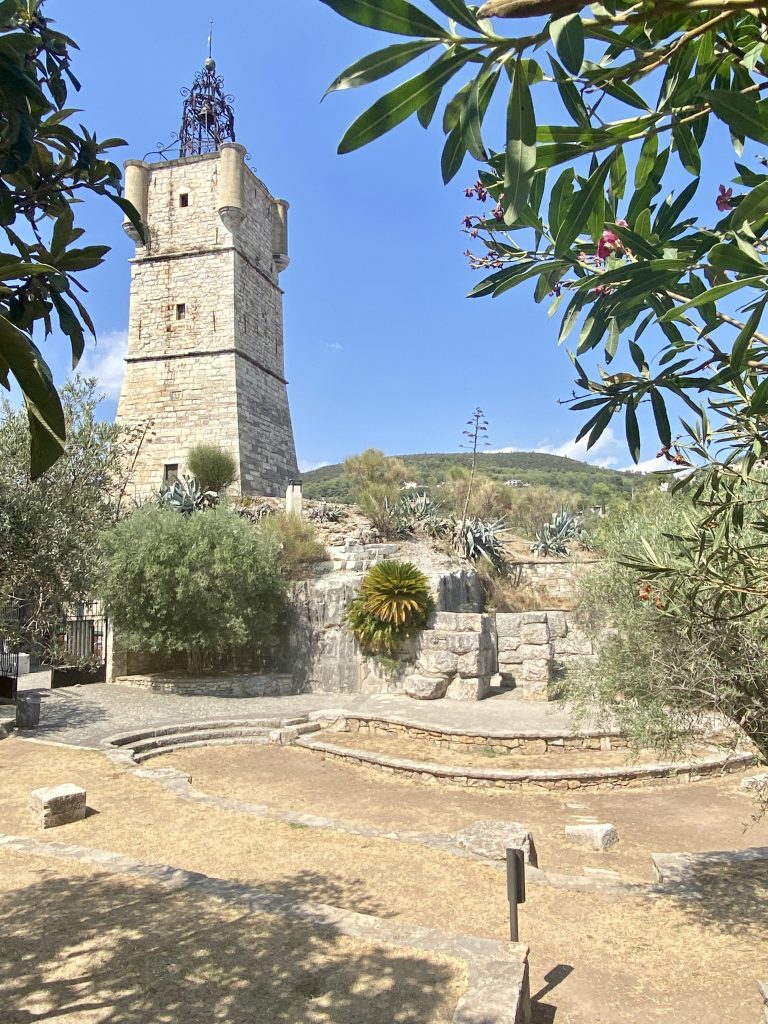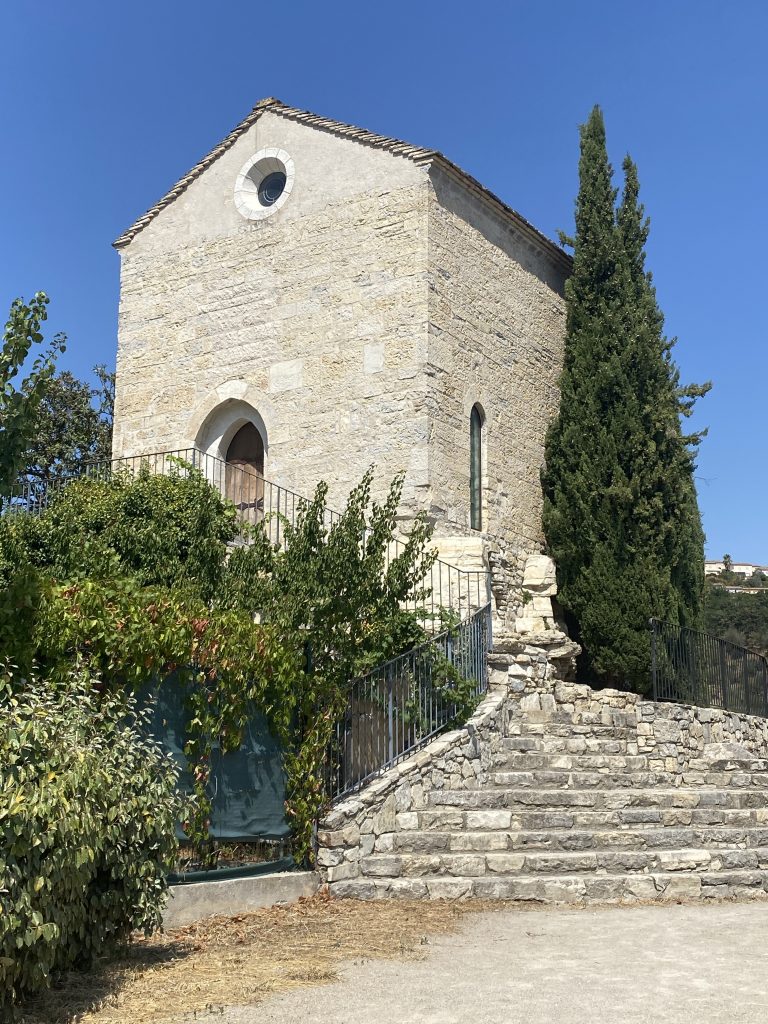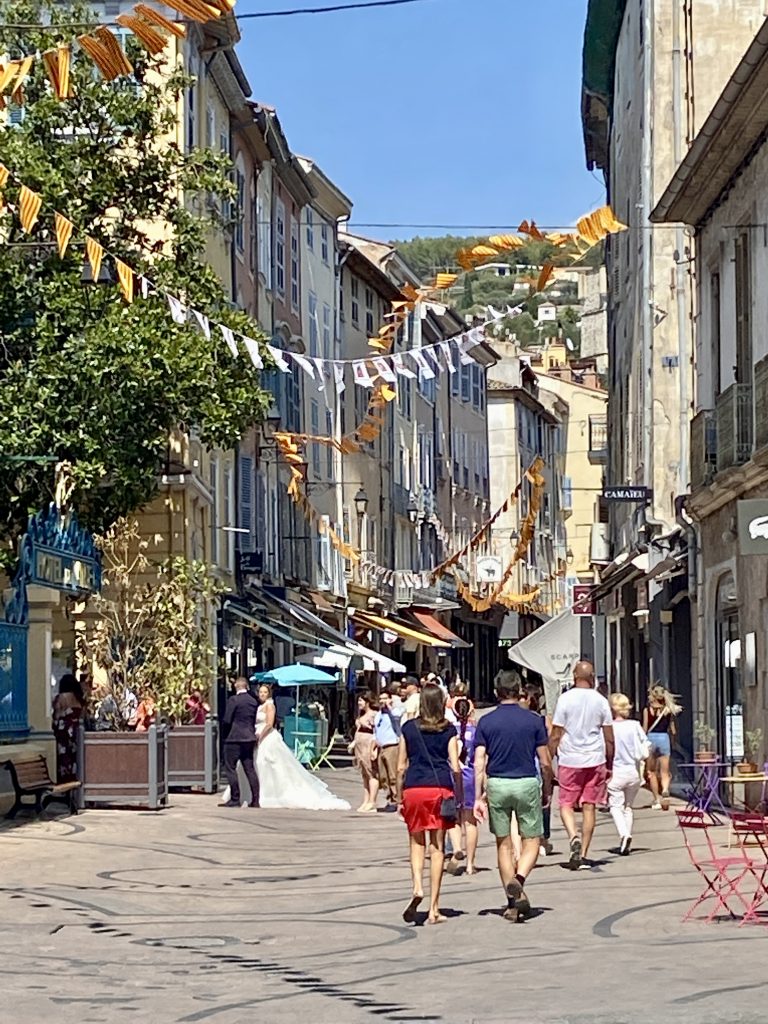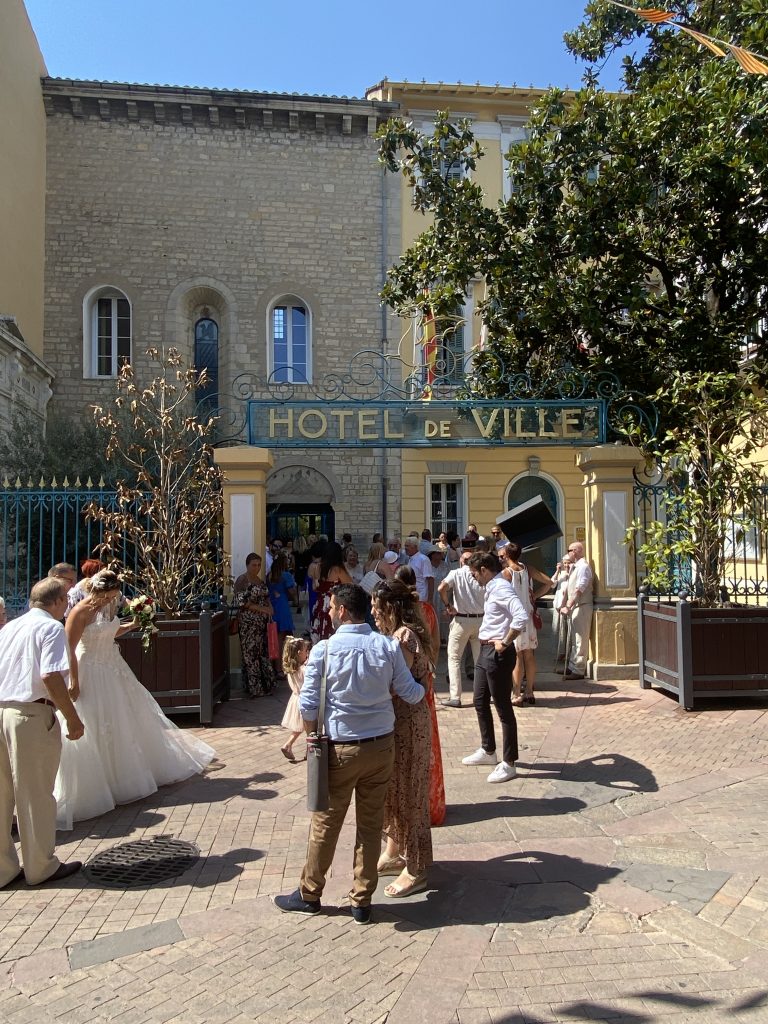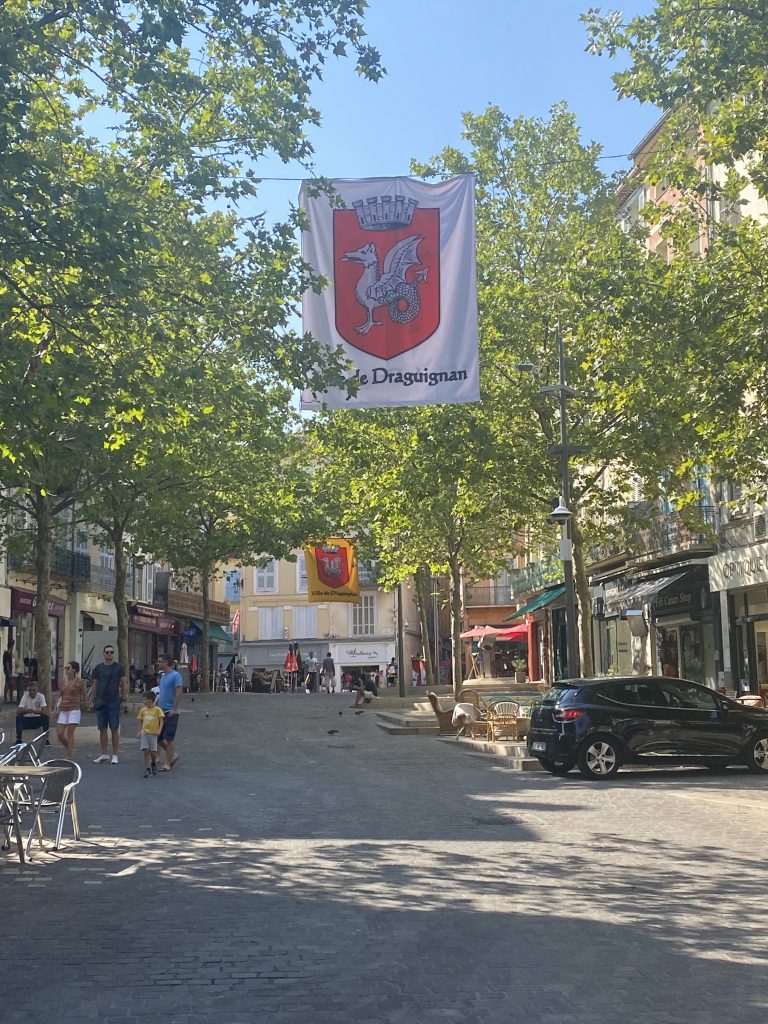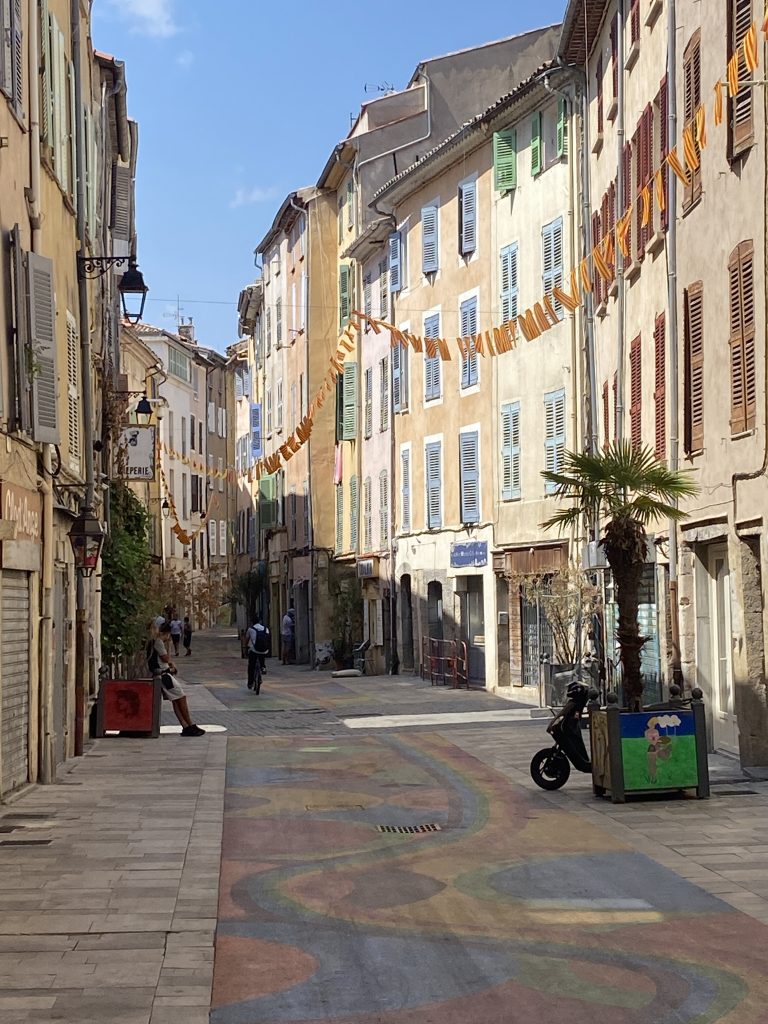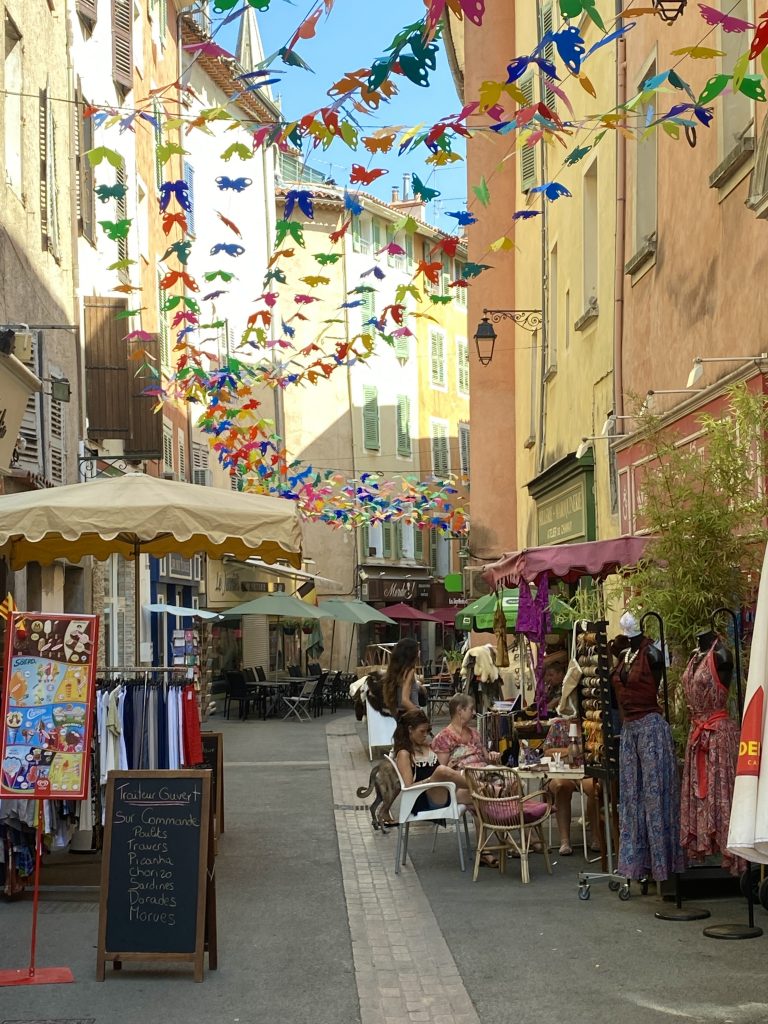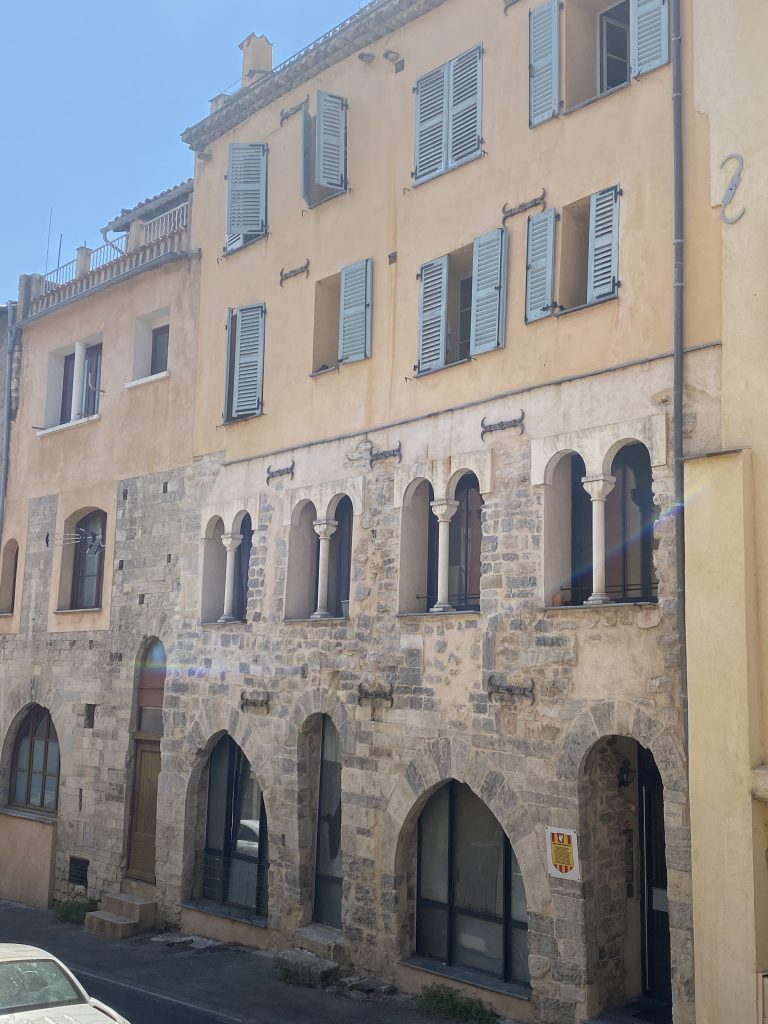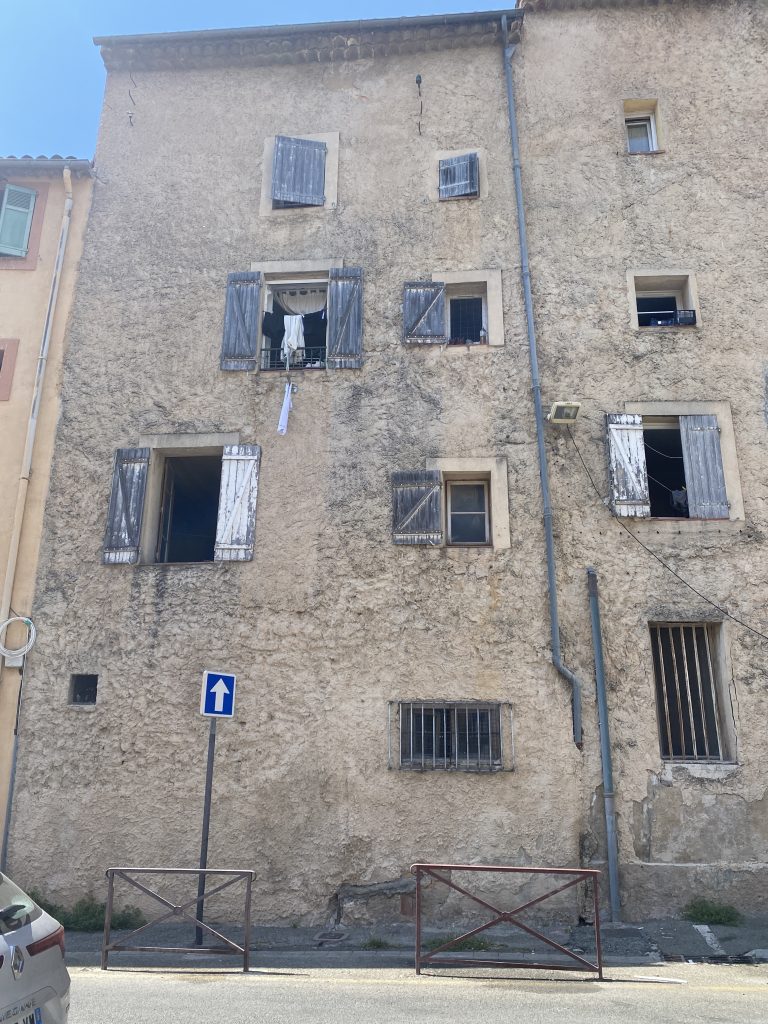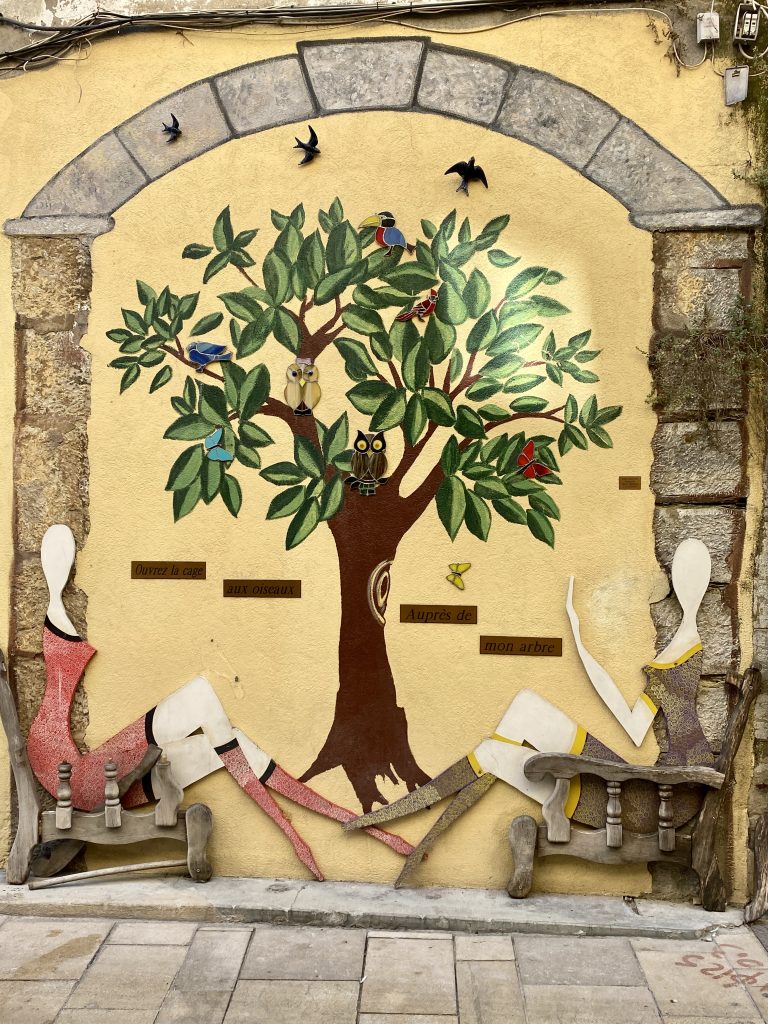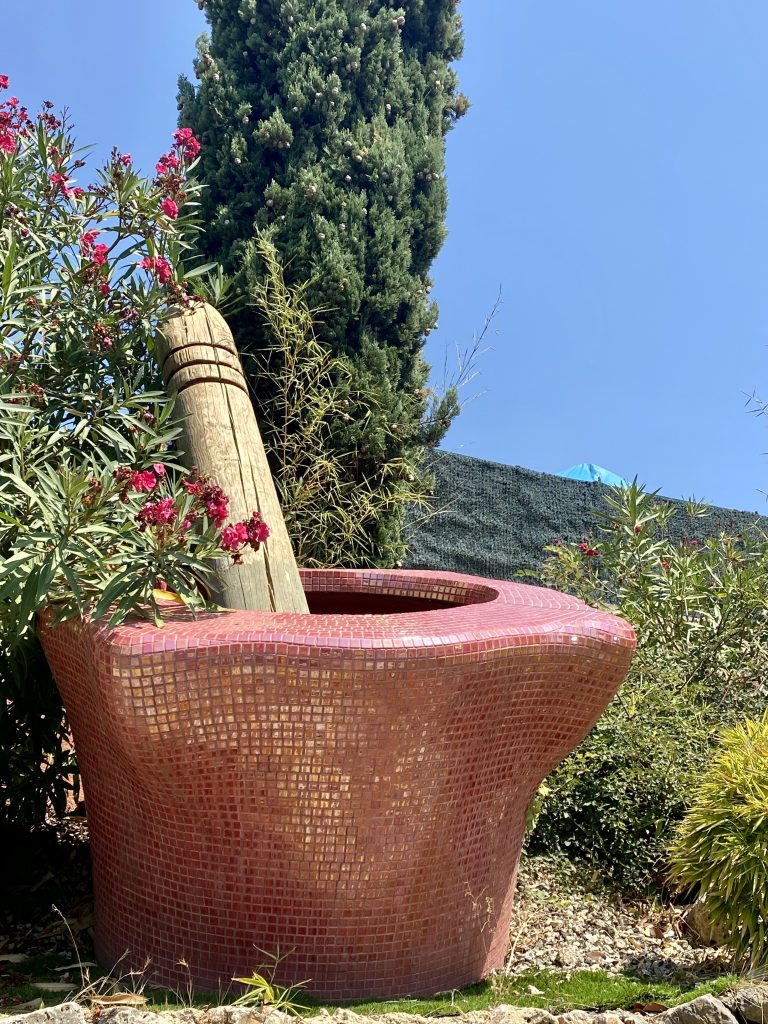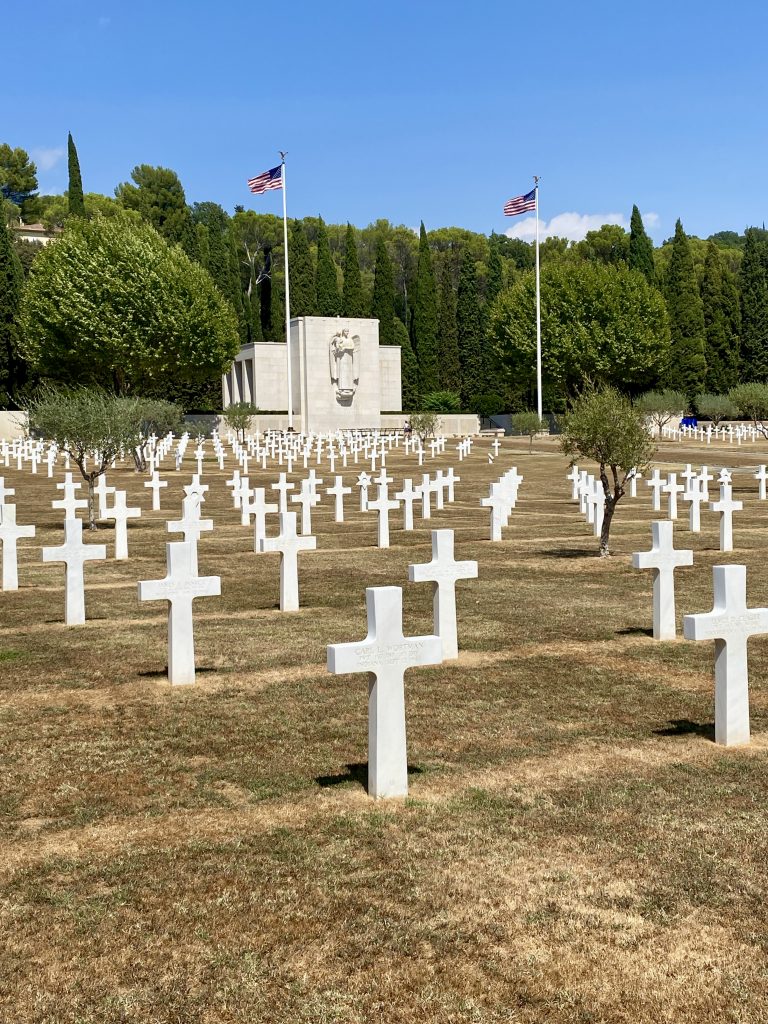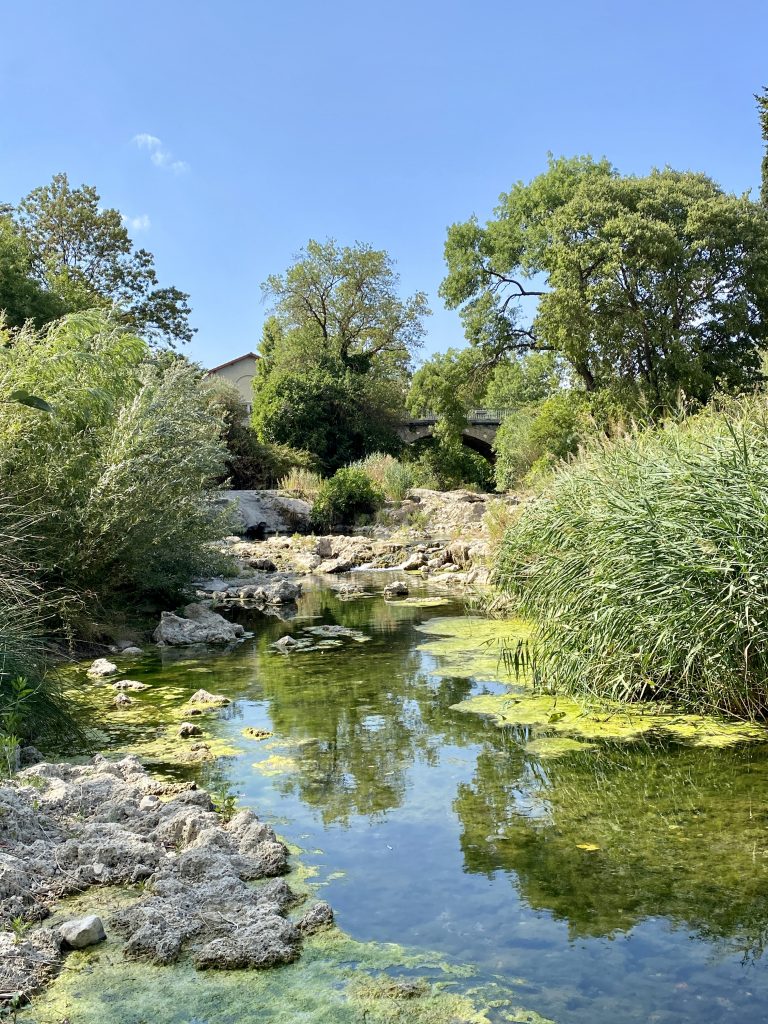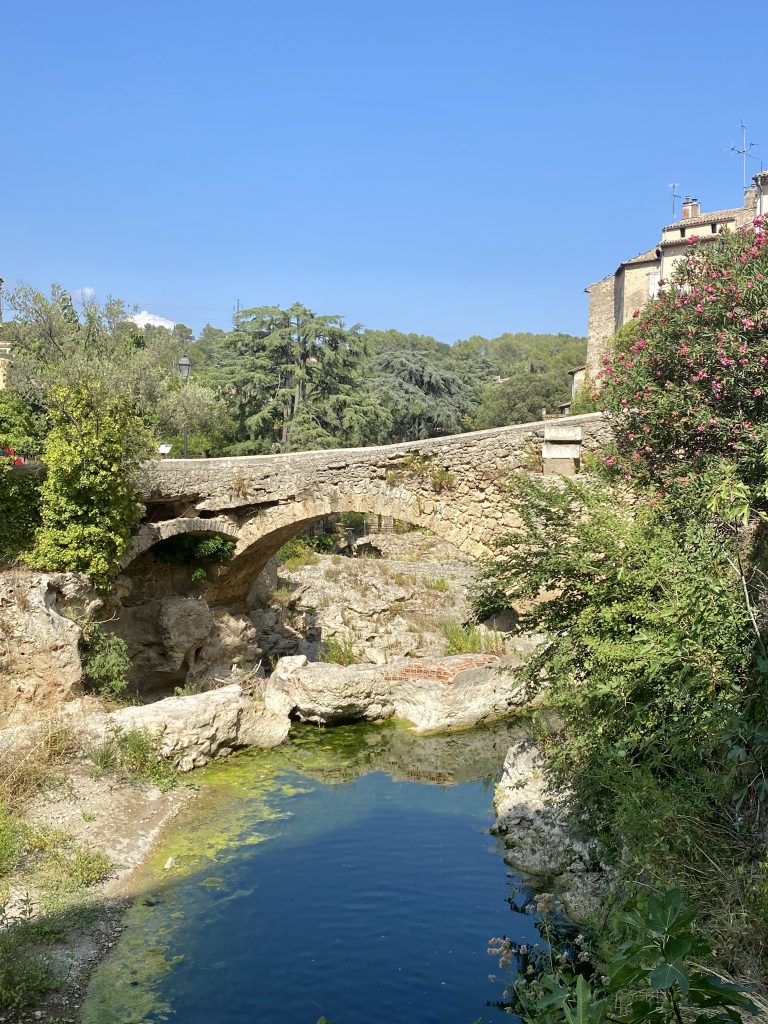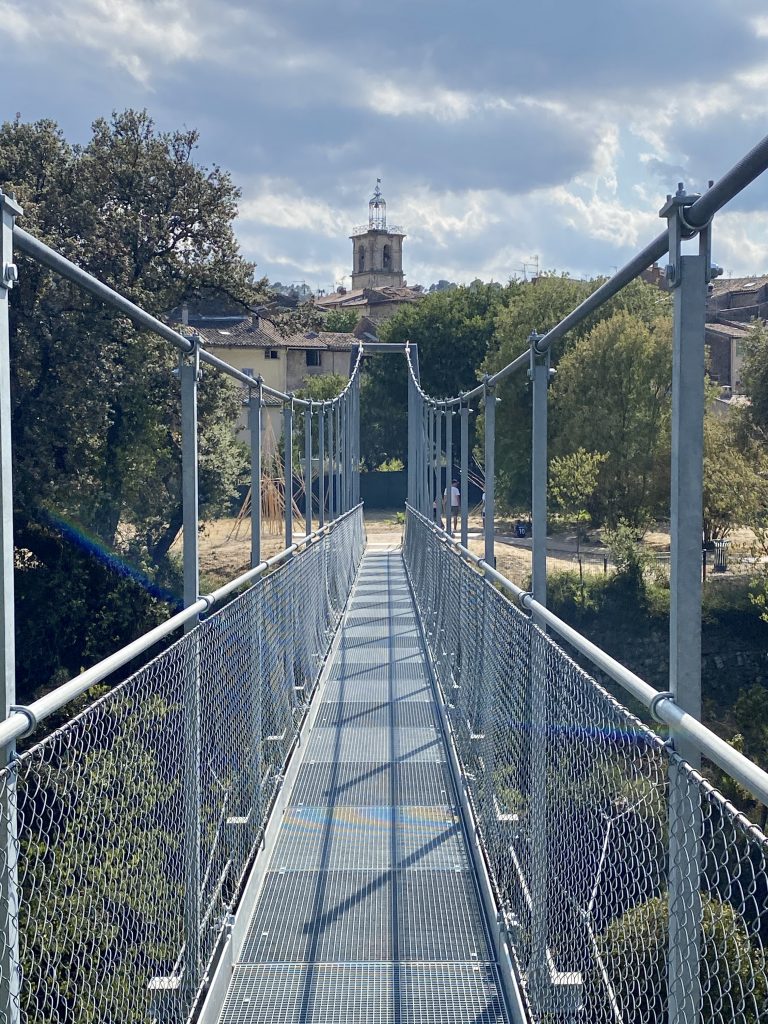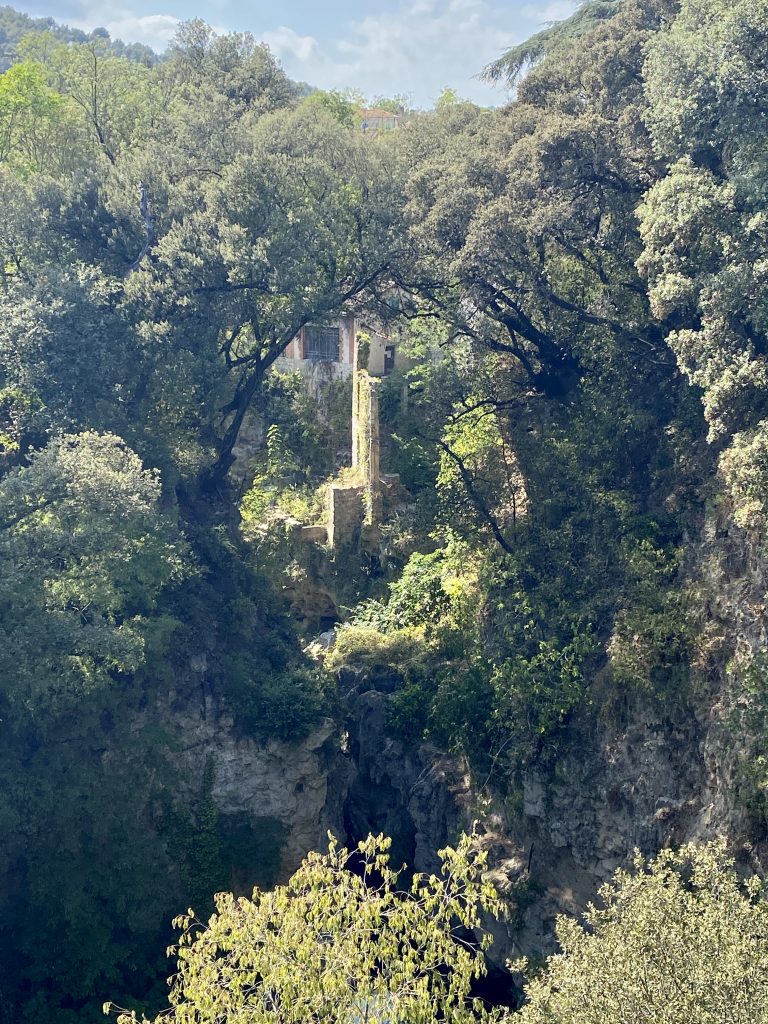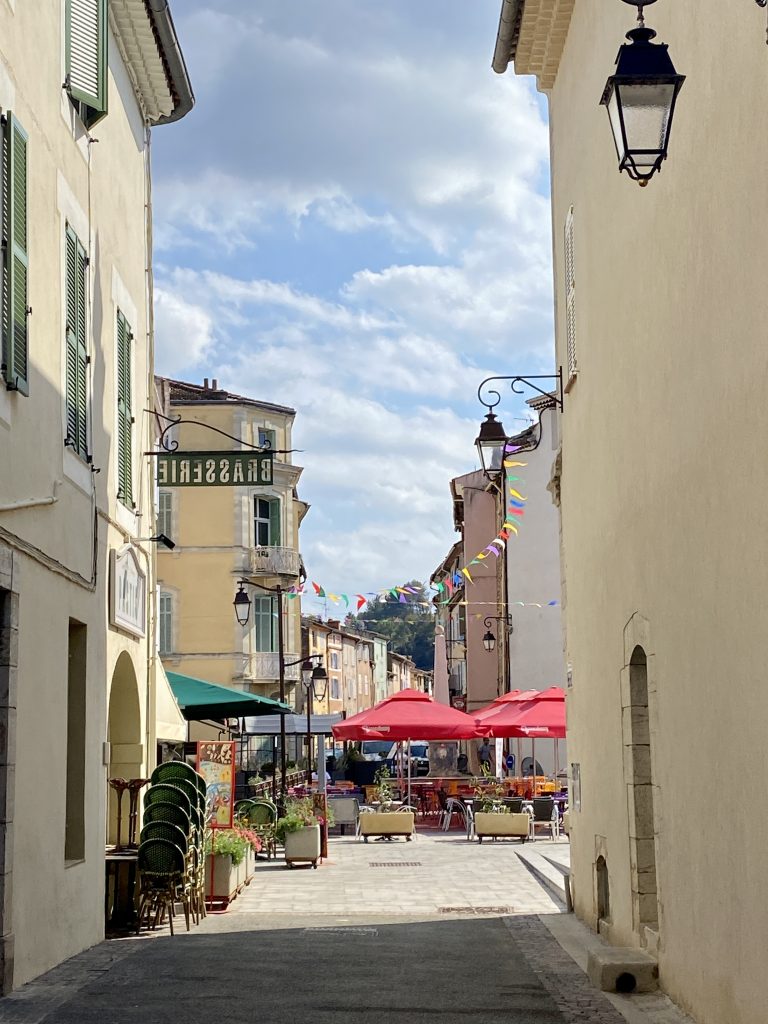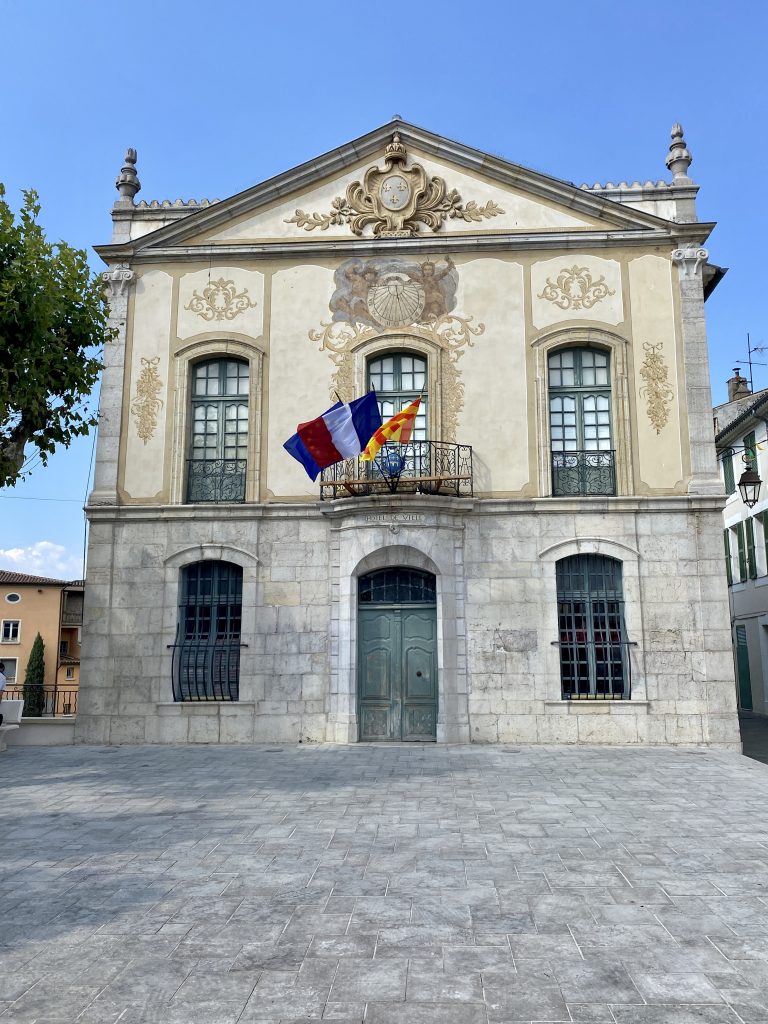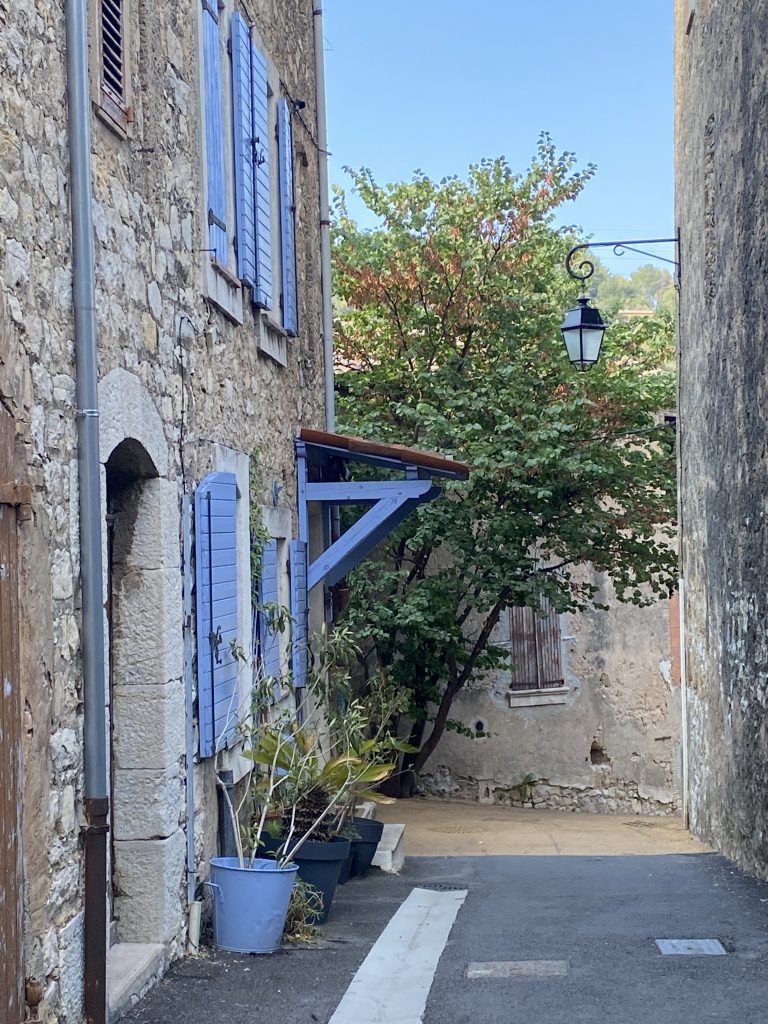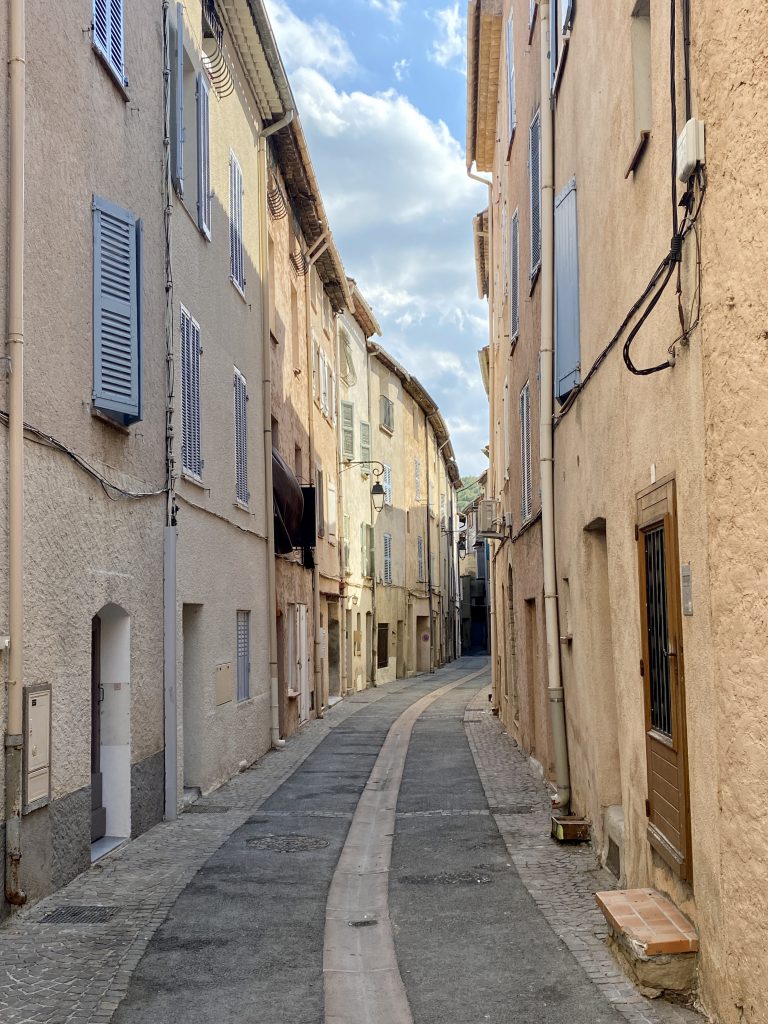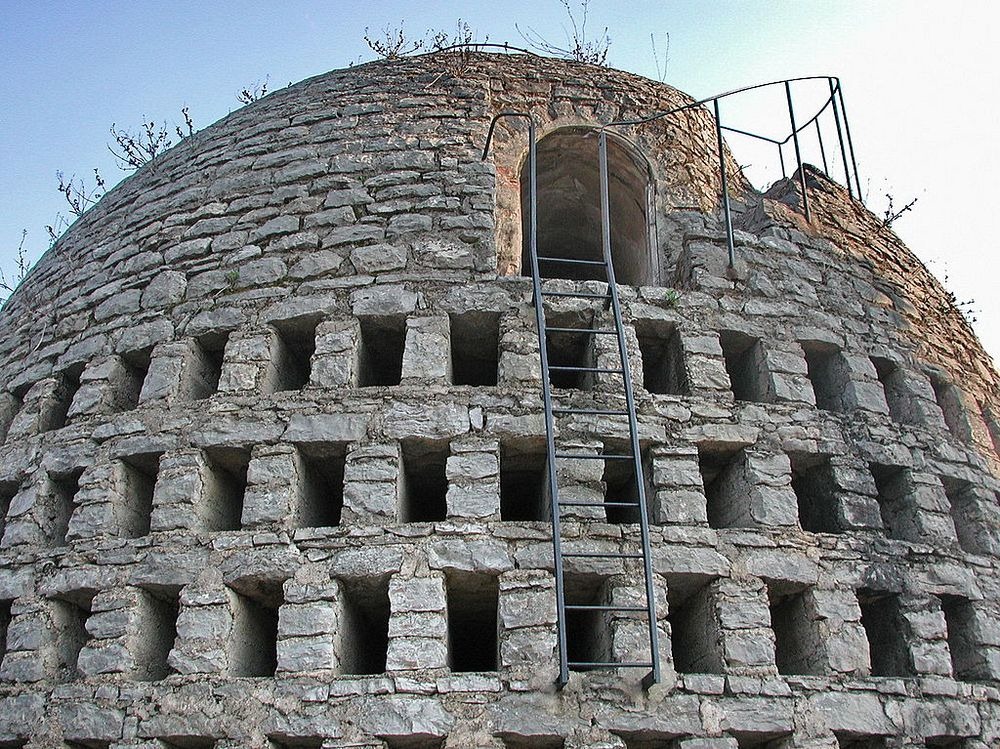Vanya and I were eager to return to Saint Remy de Provence, capital of the Alpilles. We had each enjoyed our first visit to the town earlier in the year (Tour 7) and were more than happy to be going back. The small town ranks amongst our favourite in France and if ever I were to move from England, it would in all likelihood be to Saint Remy. Once again, because of it’s close proximity to the old town, we opted to stay at Camping Pegomas.
I wrote a fairly comprehensive blog about Saint Remy earlier this year and will endeavour not to repeat here everything that I wrote about the town previously. Certainly, I will steer clear of things ‘to see and do’. You can find out about such things by reading my first blog (use the search engine on this site to find the earlier entry on Saint Remy and… hey, presto). No, we were here this time not to explore but to simply immerse ourselves in the beauty and lifestyle that is Saint Remy. On this occasion we weren’t even inclined to visit ‘must see’ places in the area that we had previously promised to return to. They would have to wait until our next visit. This was going to be about ‘chill time’.
And so it proved. It was enough to simply walk the wholly pedestrianised old town streets and sit outside in the sunshine with a bottle of Alpilles wine and watch the world go by. There follows, a few photos that capture the essence of this visit, starting with the wonderful street scenes…
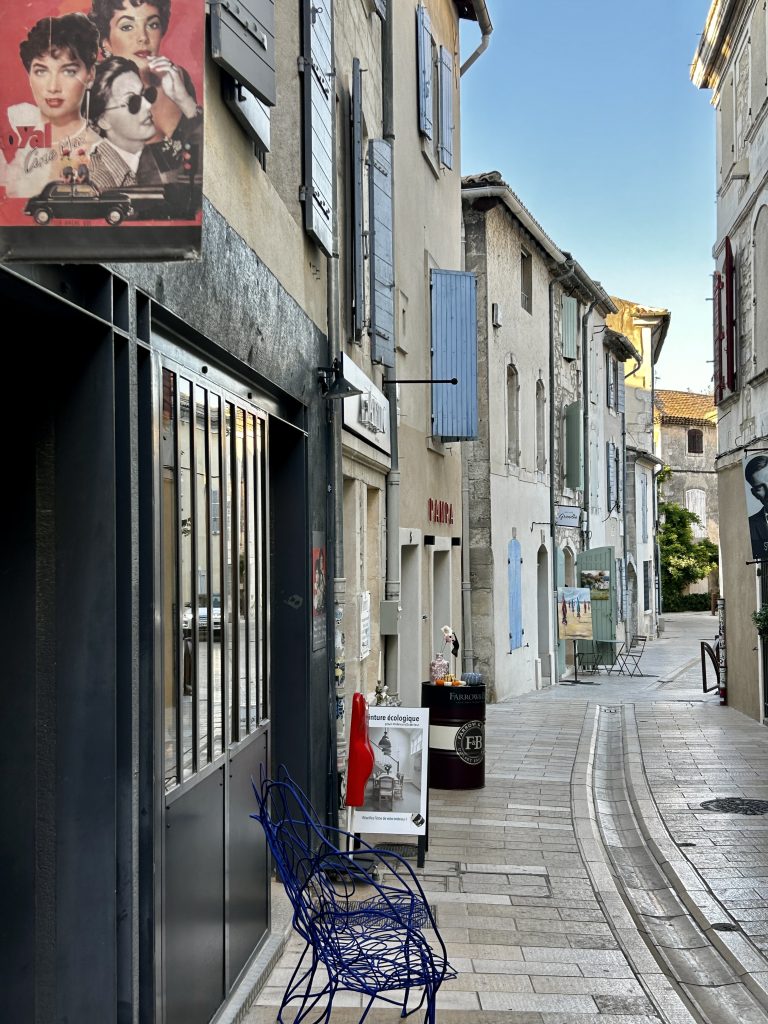
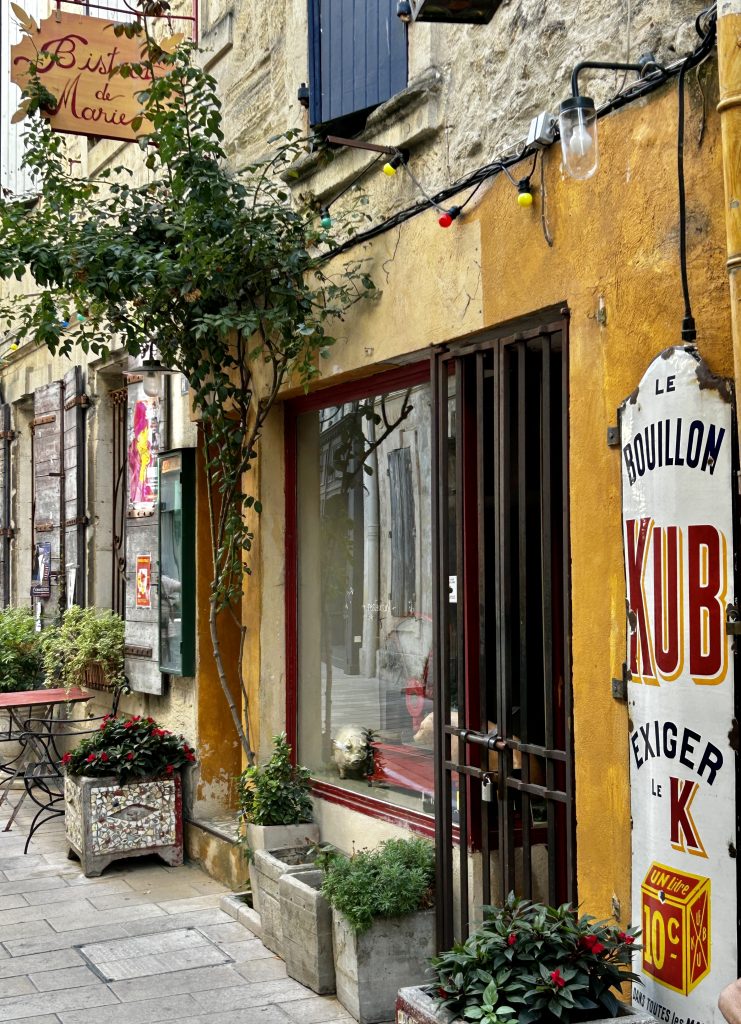
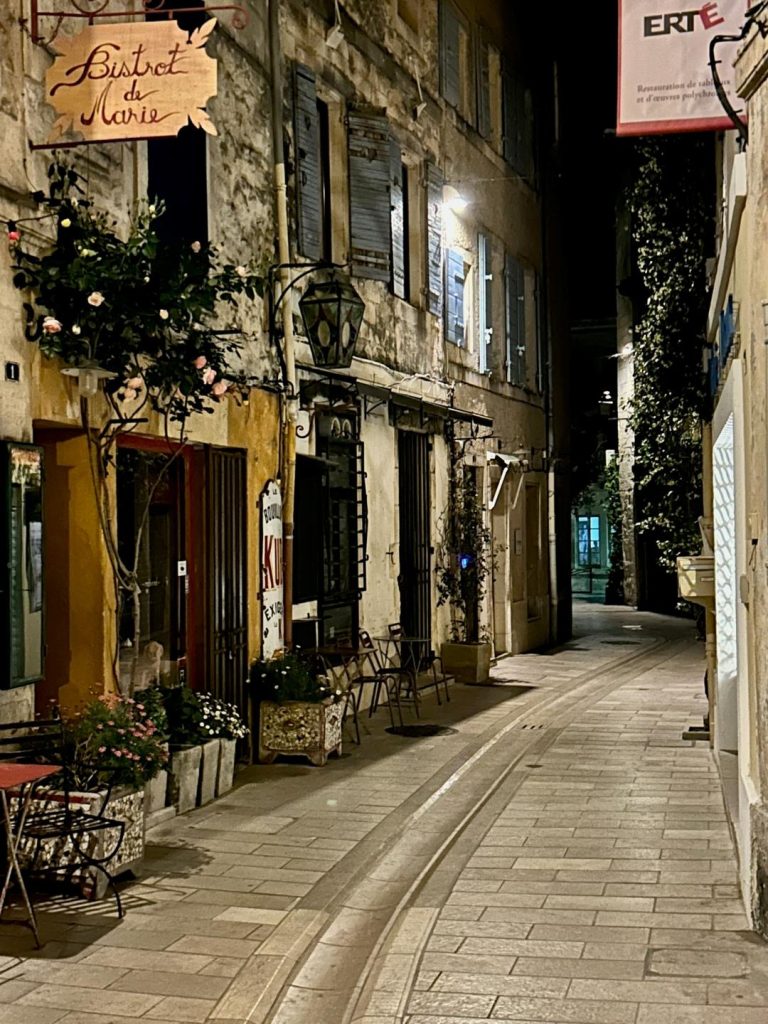

Of course, Vanya being Vanya, there is always time to mooch around some of the shops…

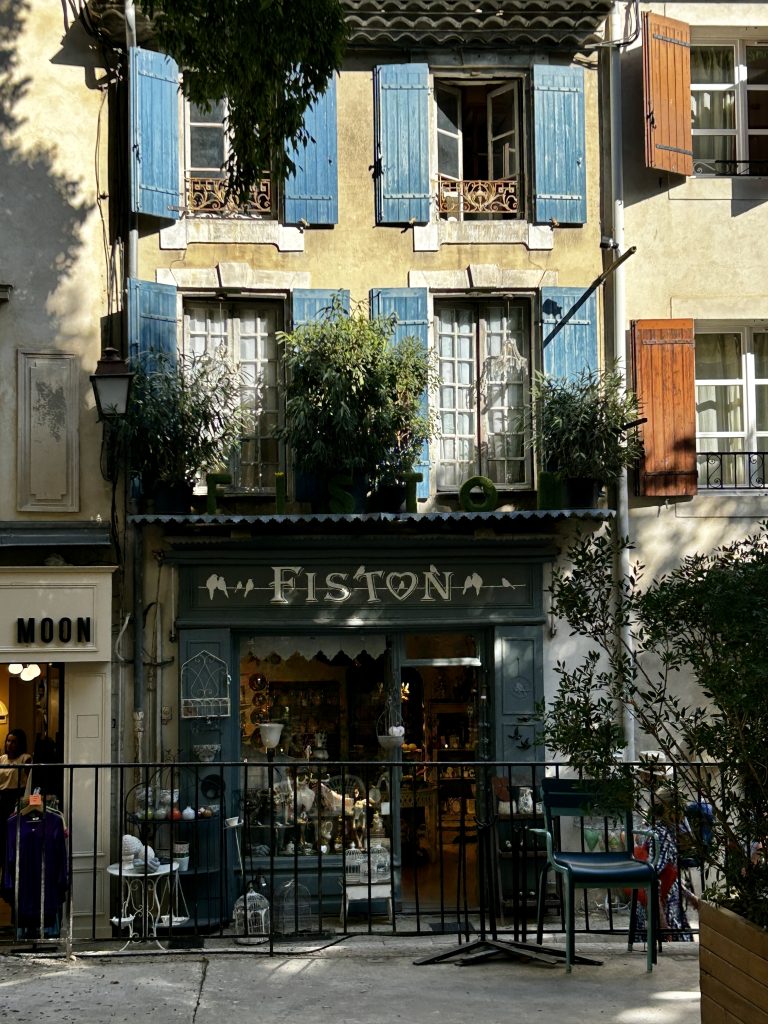
Strolling through Place Favier we noticed the ‘Lou Planet’ (a creperie we had eaten at previously) was closed but, just seeing the place again awakened taste buds that screamed for a galette. I’m pleased to say there’s no shortage of creperies in Saint Remy de Provence and we very soon found another where we each ordered a galette holding the freshest of scallops.
That was it. Sitting outside in the warm sunshine with a galette and a bottle of chilled wine (a dry white Mas Sainte Berthe produced in the Alpilles) and we were at peace with the world. We sat for quite a while. Well, Vanya insisted upon a cream and chocolate filled crepe for dessert and I was prepared to make do with a little more wine while she finished her repast. Life was and is good.

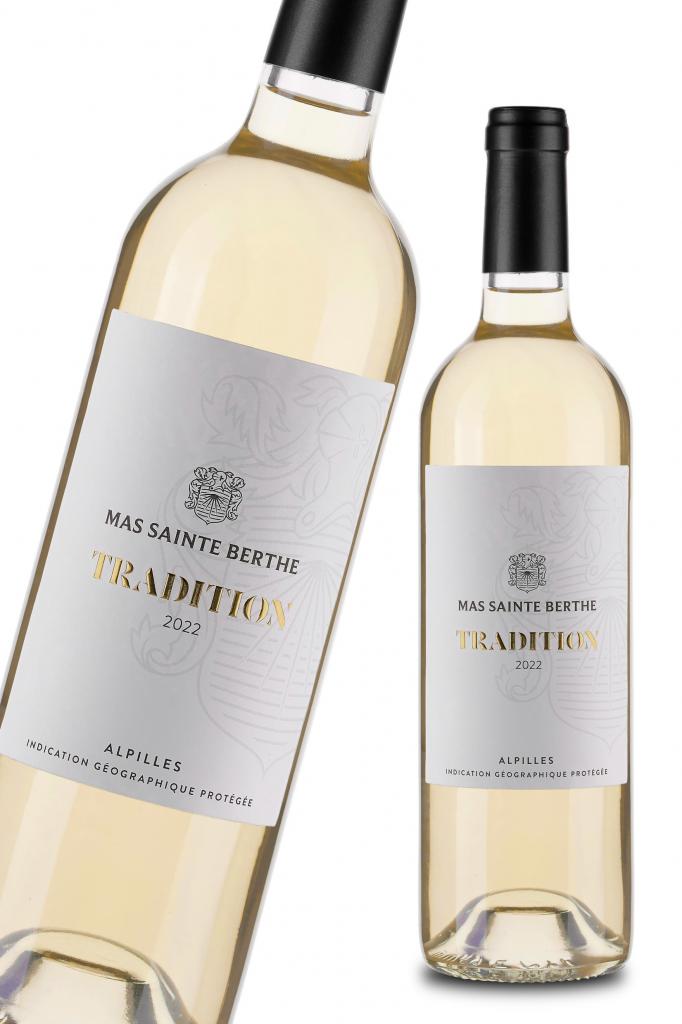
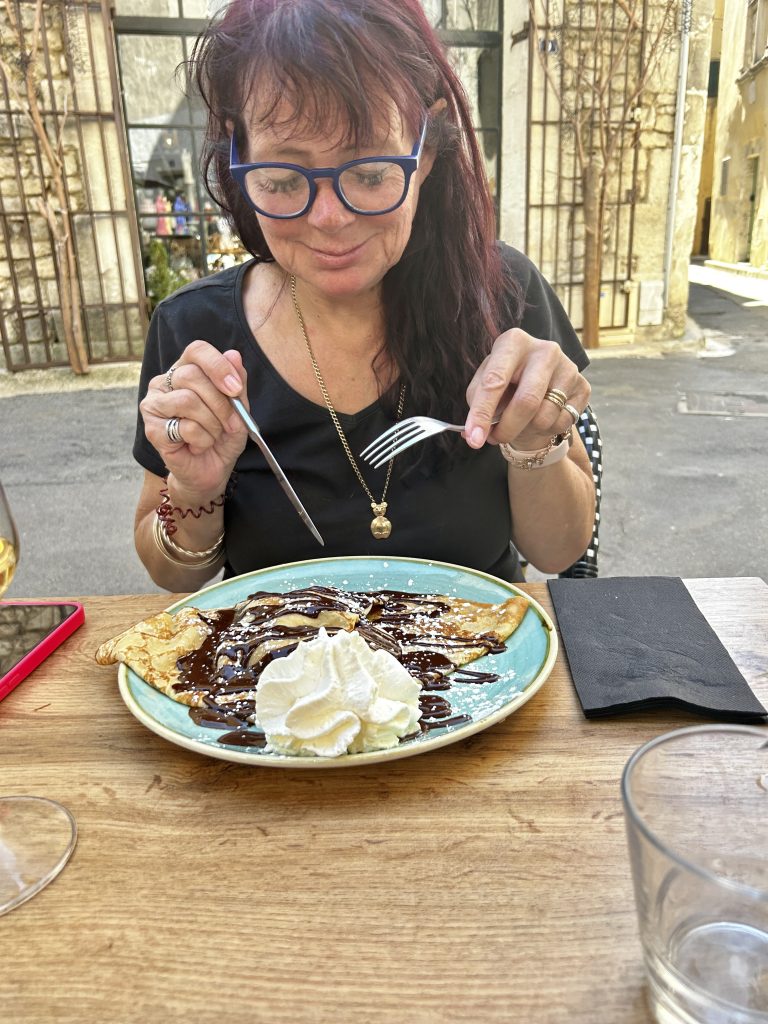

During our previous visit I was unable to get inside the local church, the Collegiate Church of Saint Martin. The original church built in 1122 was extended and embellished when Pope Jean XXII (that one I mentioned in the Monteux post earlier in this tour) transformed the original place of worship into a collegiate church (I believe a collegiate church is a cathedral without any bishop) although, there’s not a lot left of even that church. Much of it collapsed and had to be rebuilt in the 19th century; hence it’s current largely neo-classical style.
I made it inside the church this time. There’s a particularly impressive organ inside and I understand that organ recitals take place quite often during the summer months at no cost to the public. There was no recital during my visit and I didn’t therefore stay very long. One unusual feature of the church is the altar in a small side chapel which is surrounded by a large block of the local Alpilles rock.

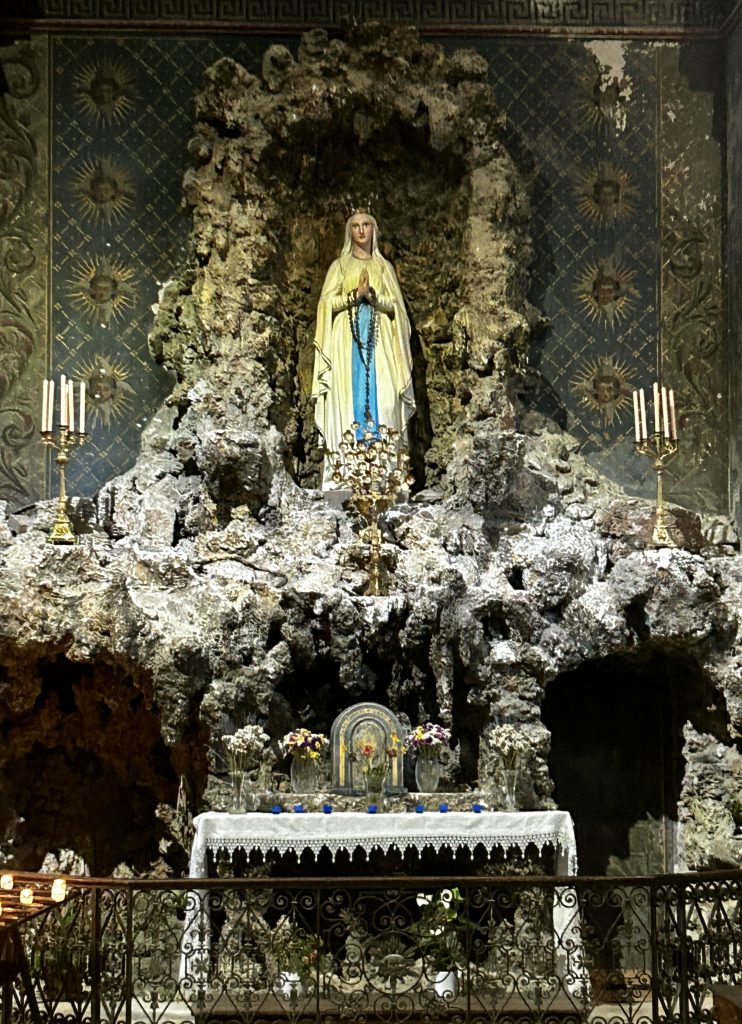
This visit this time was short and sweet and about ‘chilling’. I didn’t therefore revisit the Roman town of Glanum and neither did I resume the Van Gogh trail which I started during Tour 7 but, I leave you with a couple of photos that I took during our last visit. The first is of the Triumphal Arch and the Mausoleum of the Julii (from Glanum) and the second is a reproduction of my favourite Van Gogh painting (Irises) which he painted while in Saint Remy.
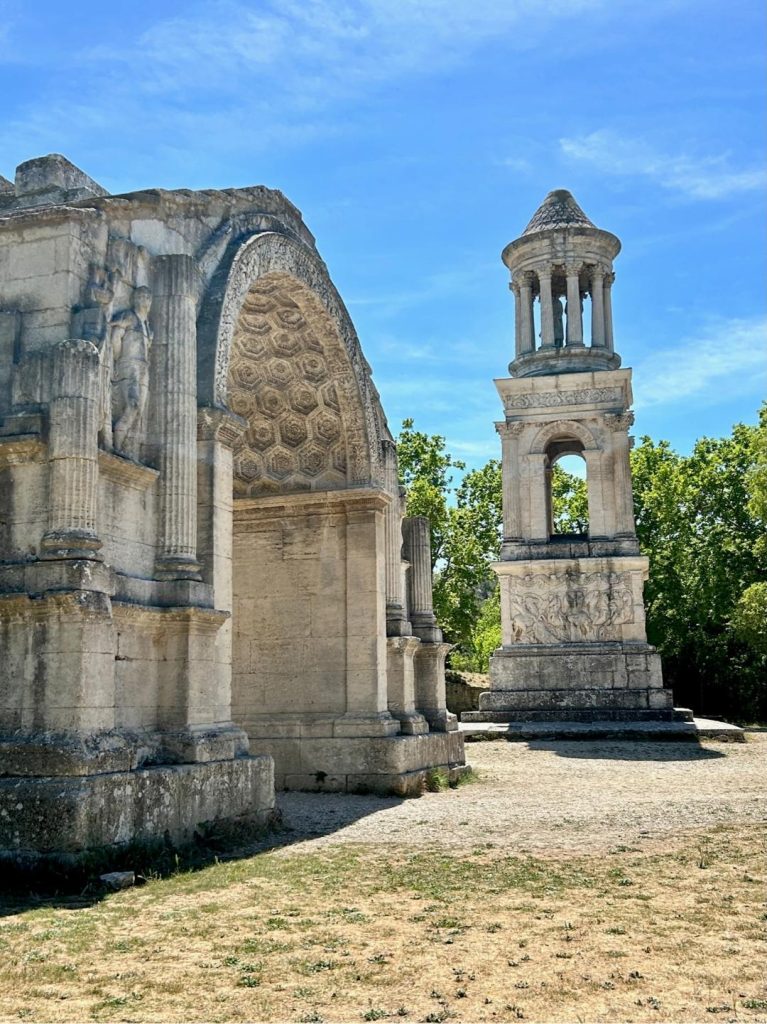

I suspect that we will be back in Saint Remy next year but, in the meantime, we are heading further west. We want to buy some wine from down near Collioure before we return to England.



